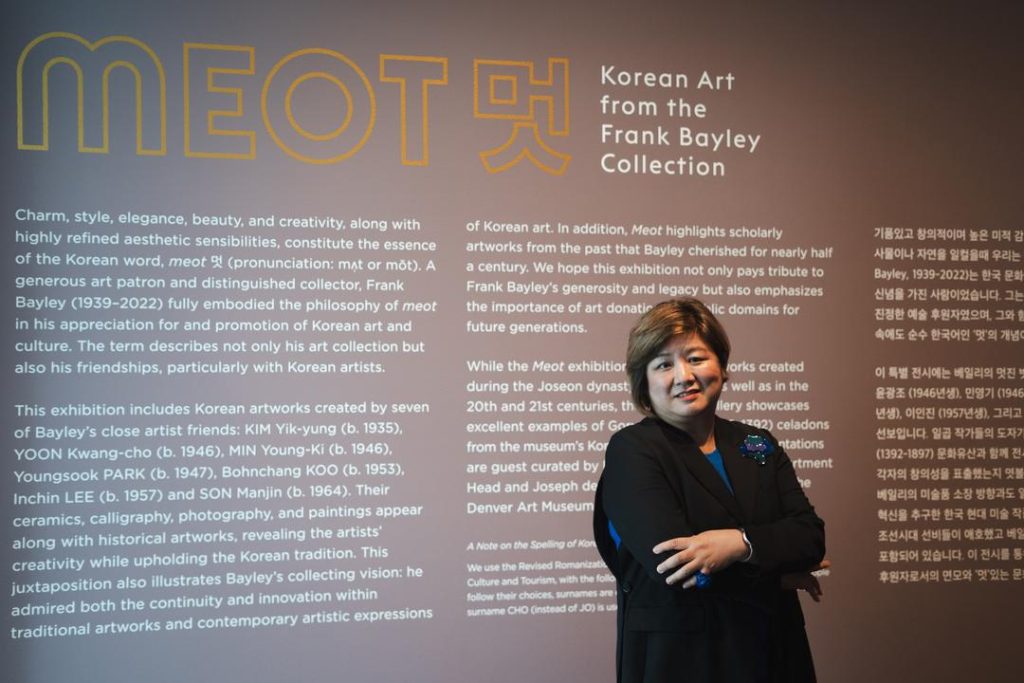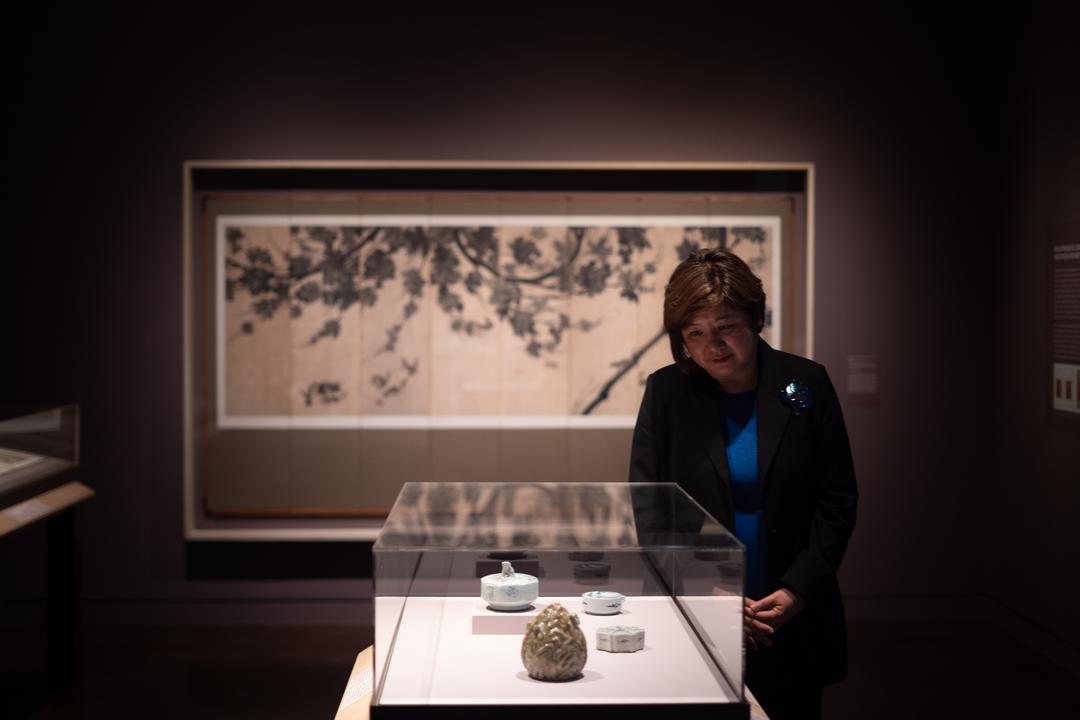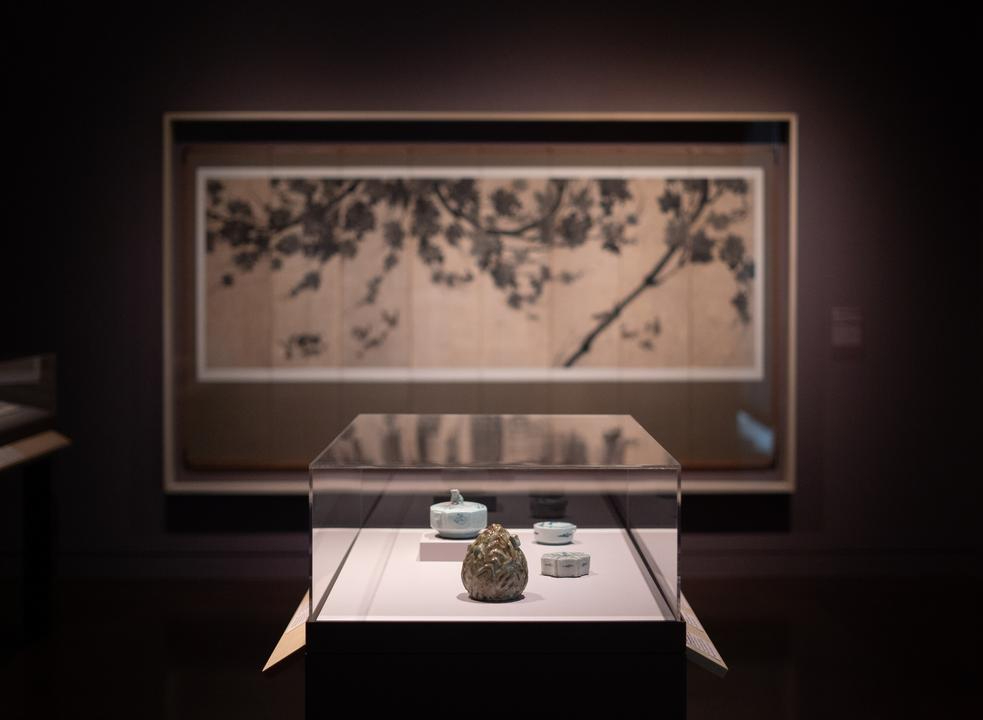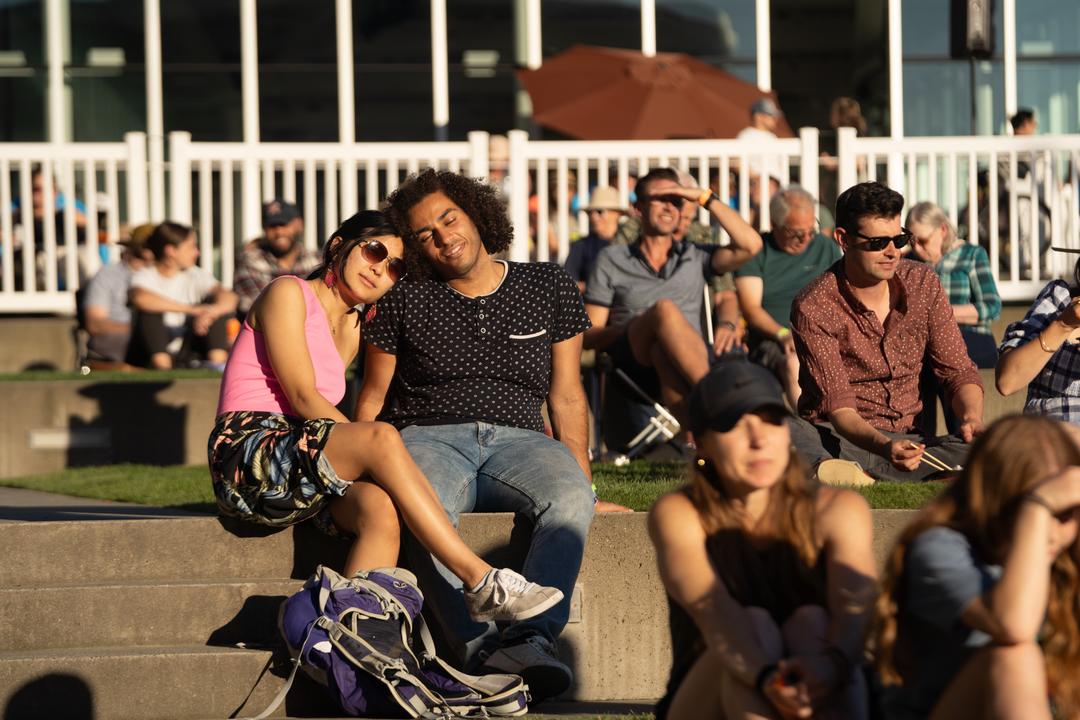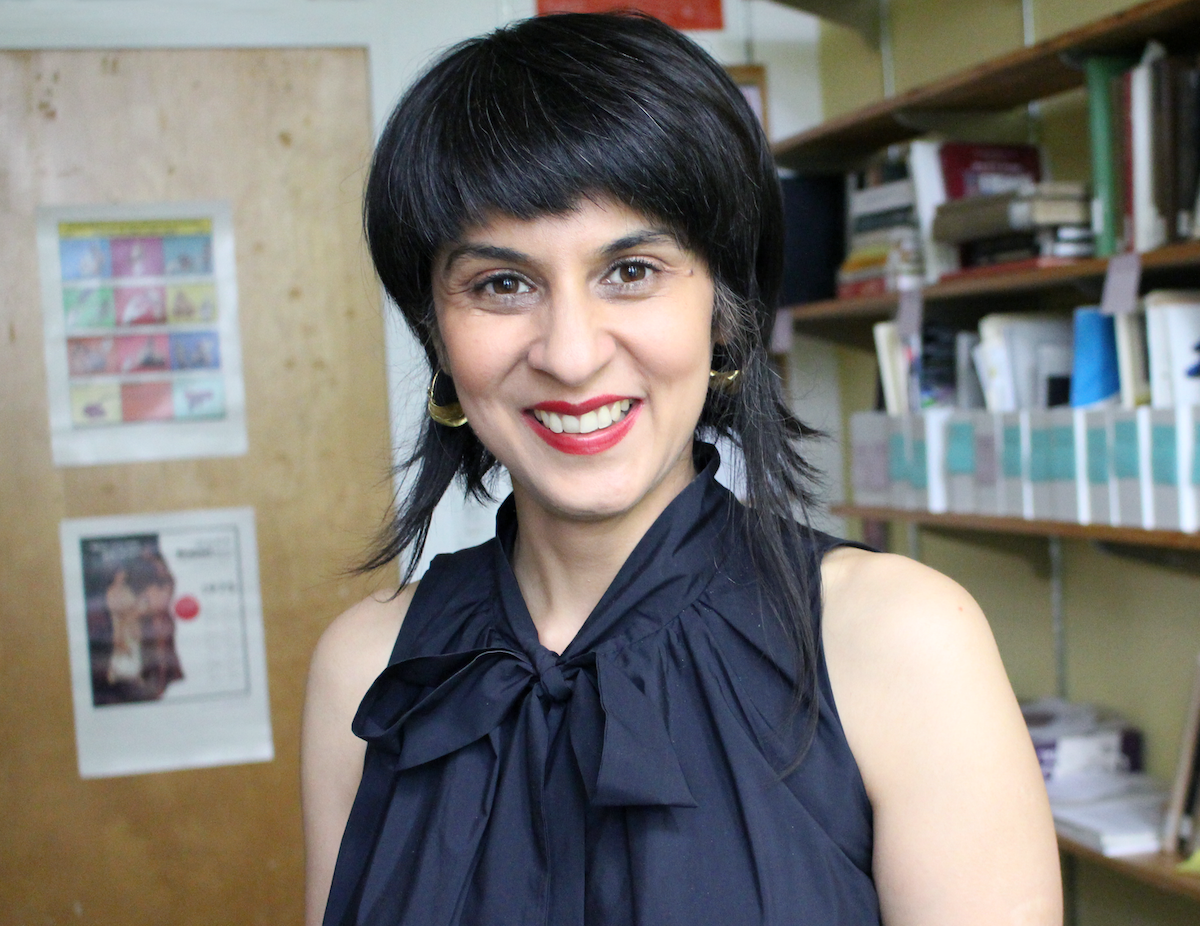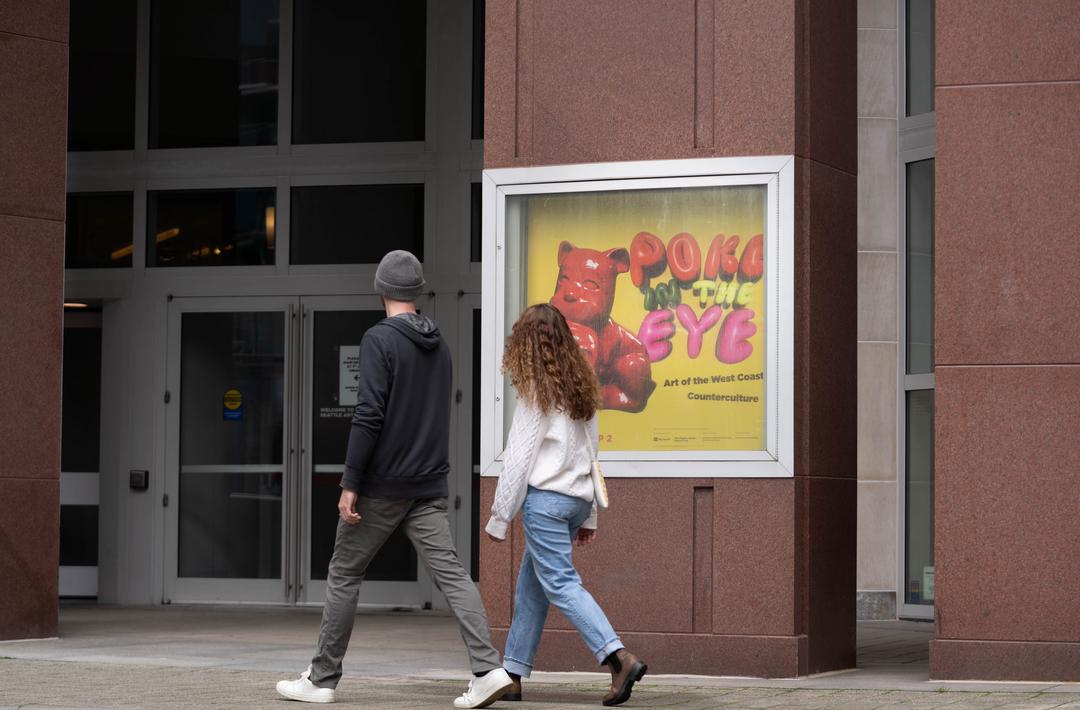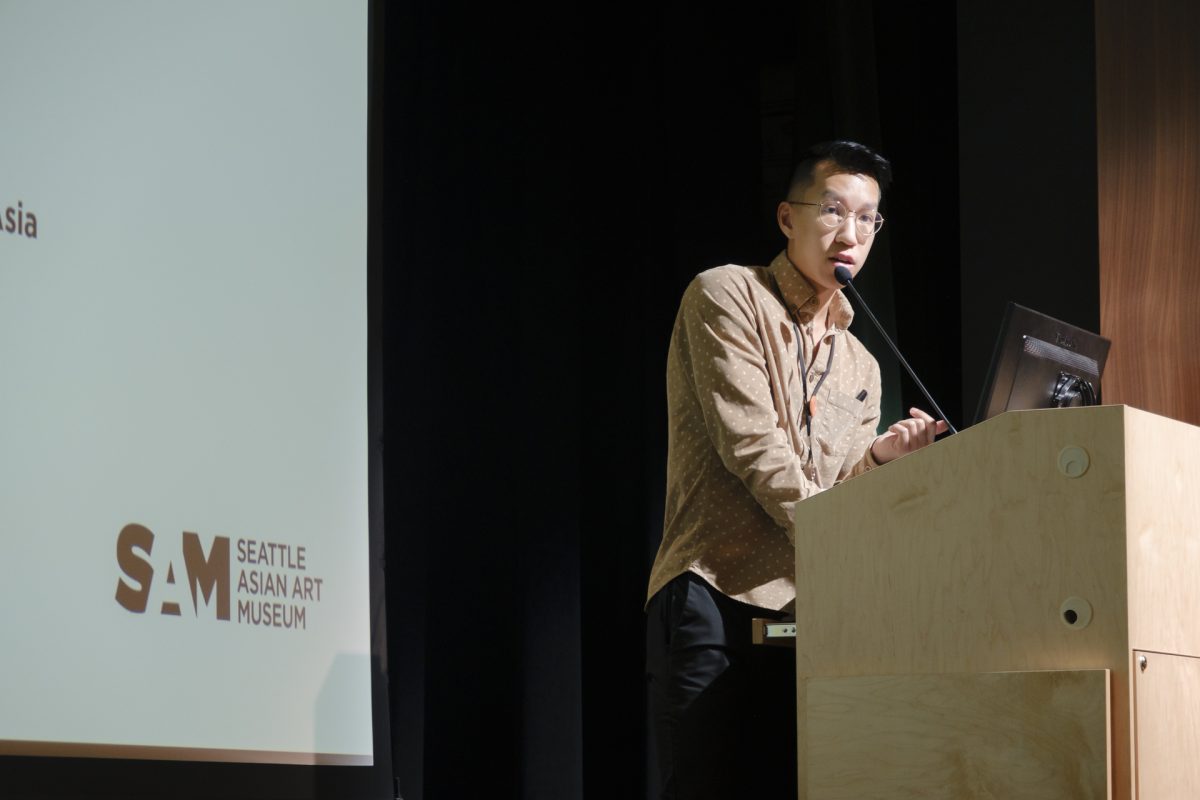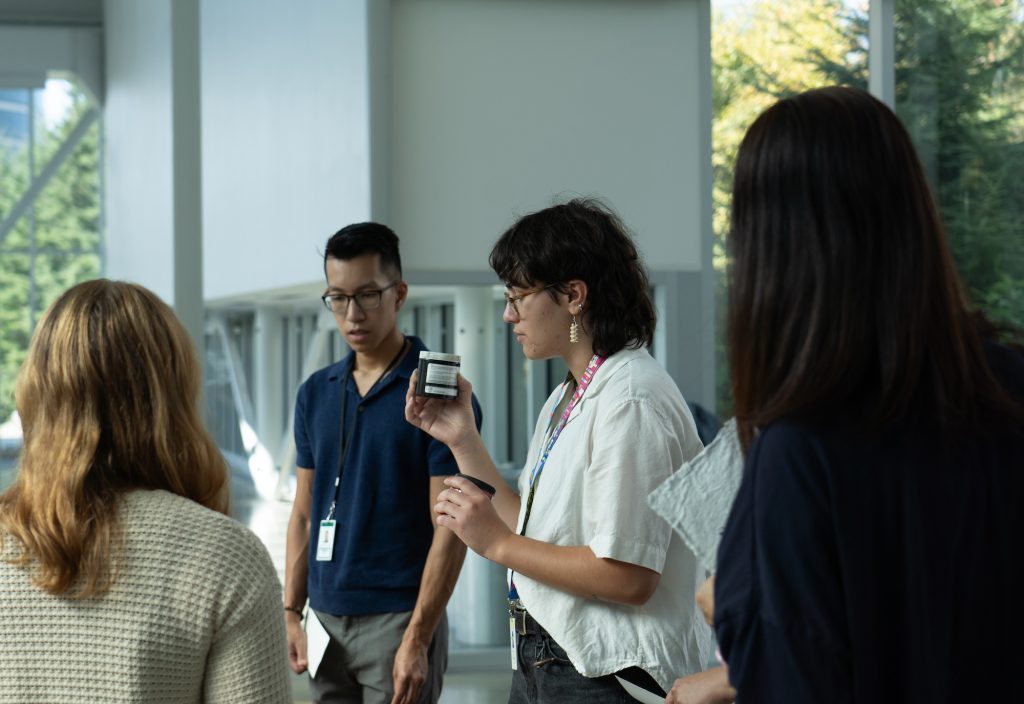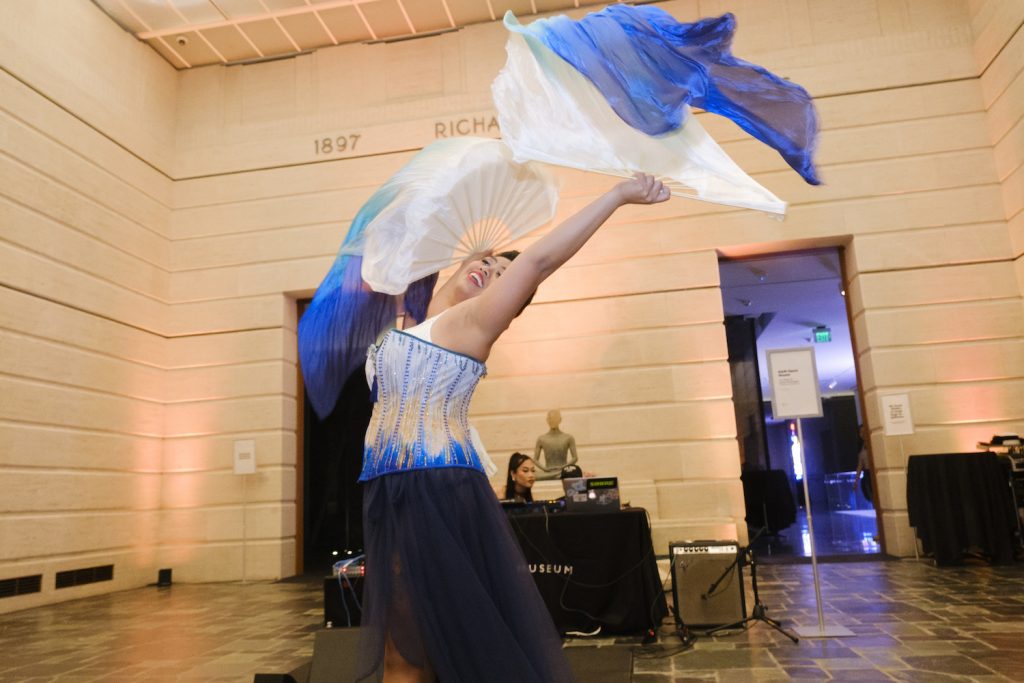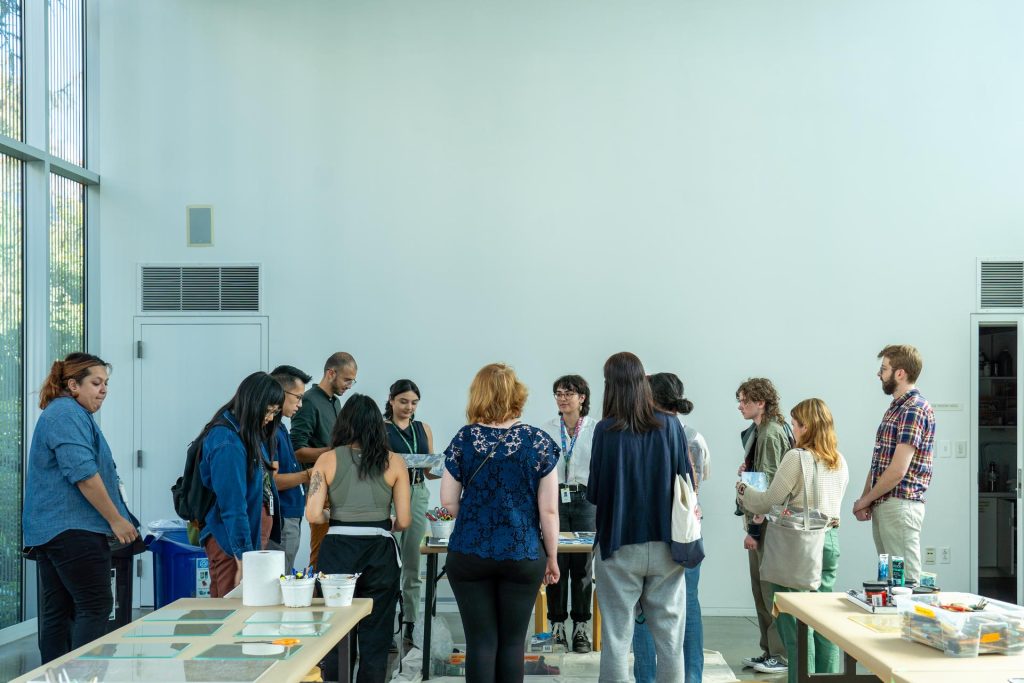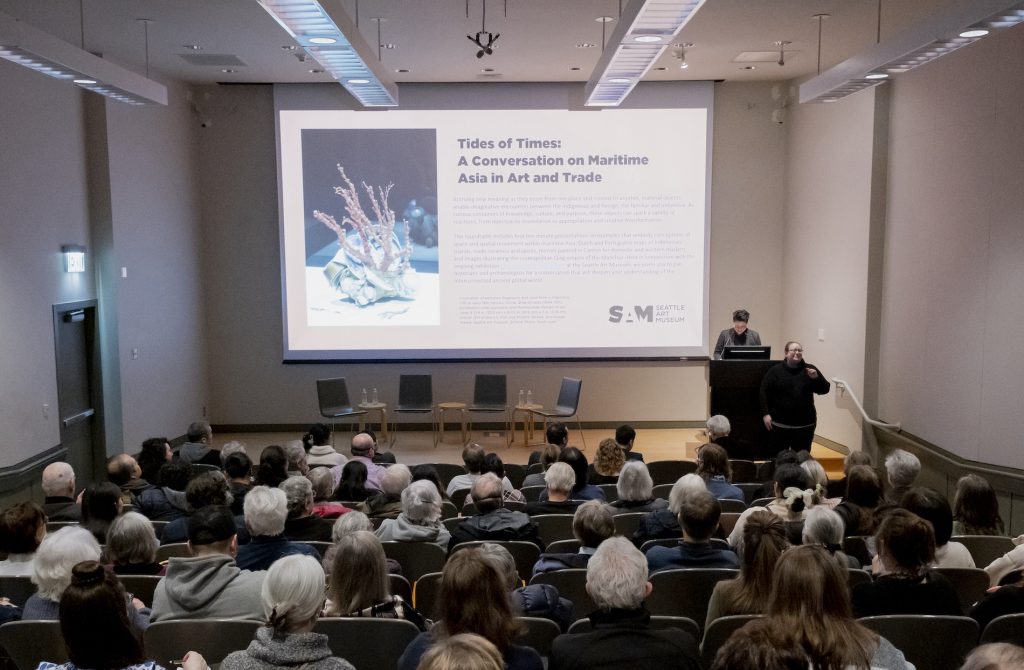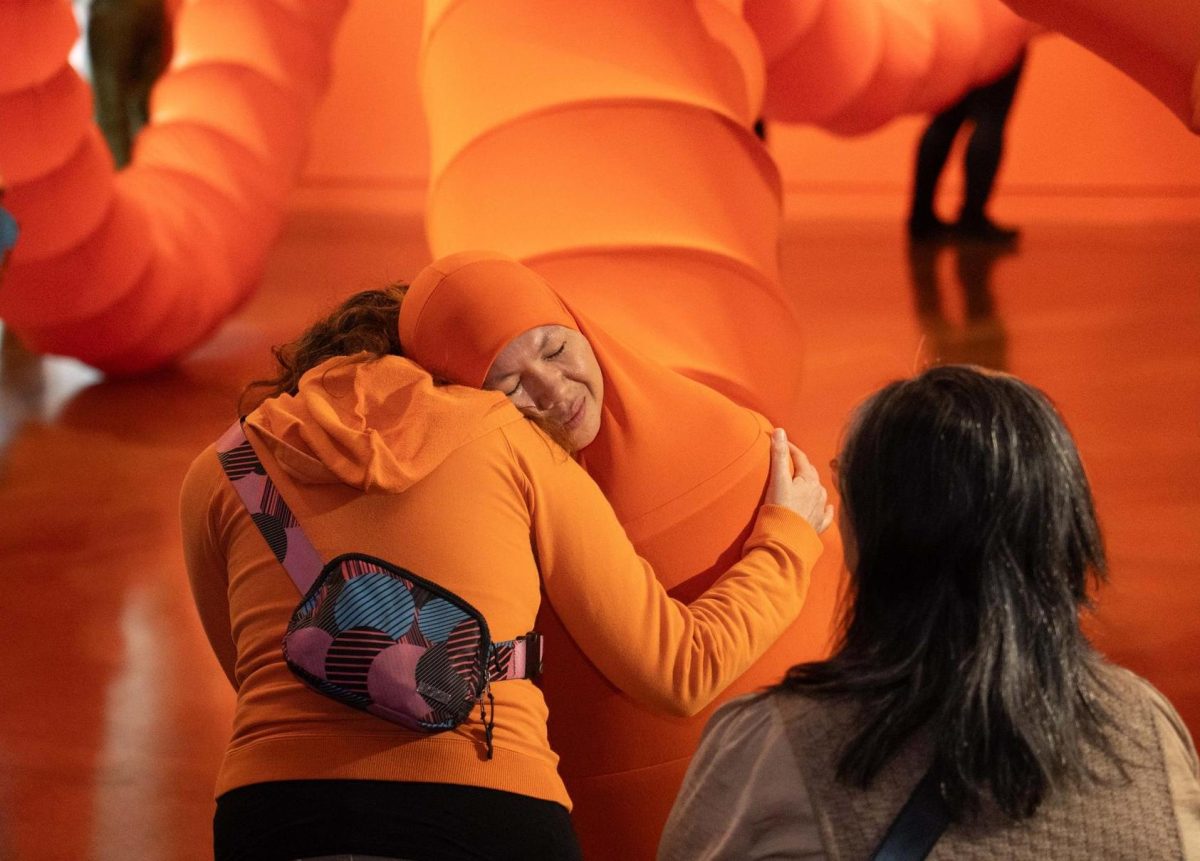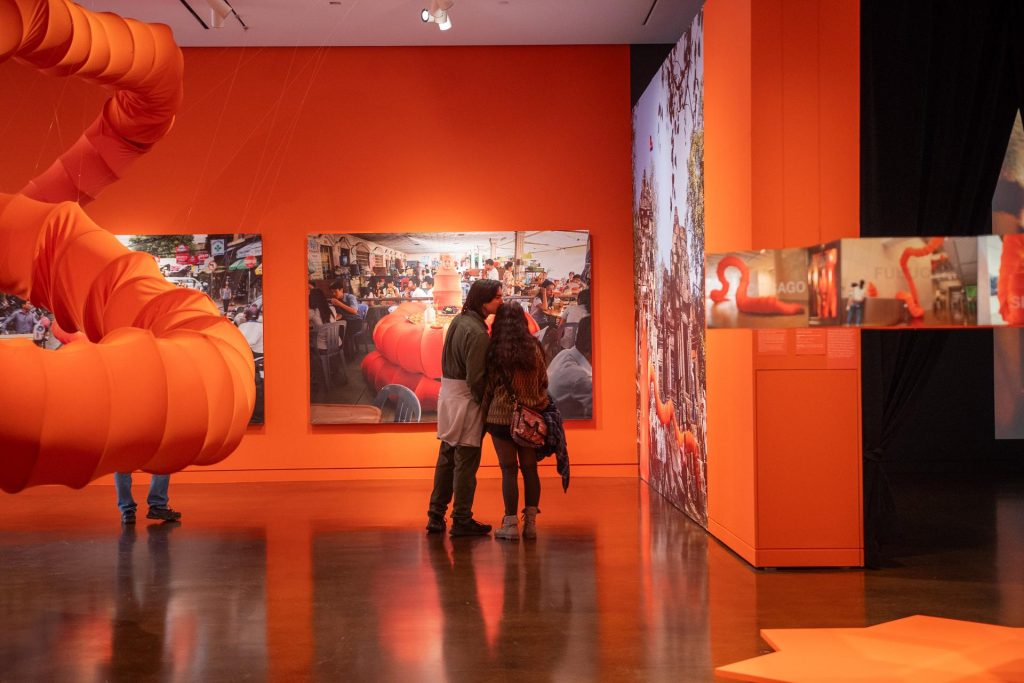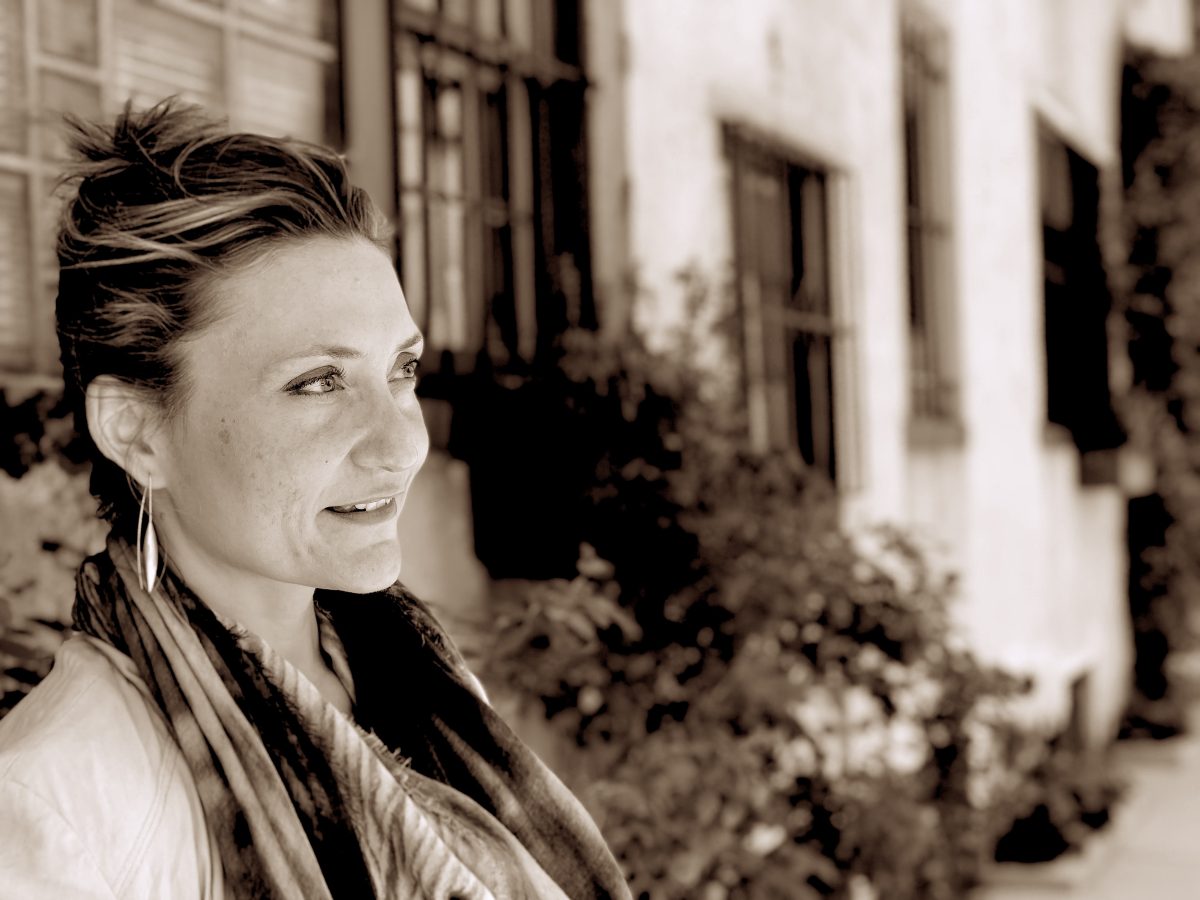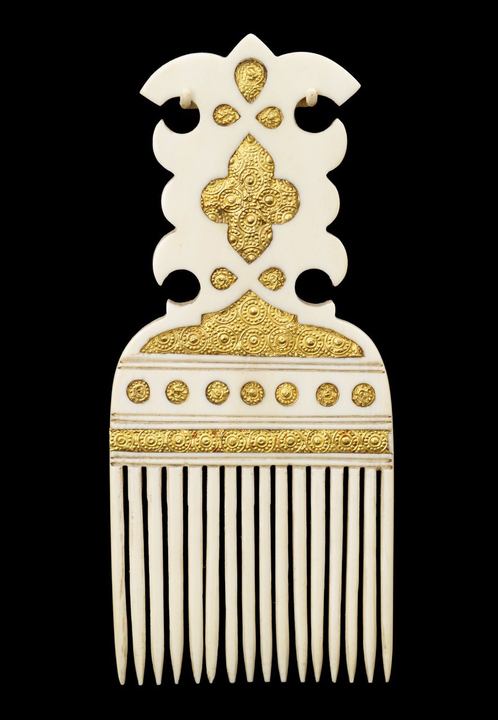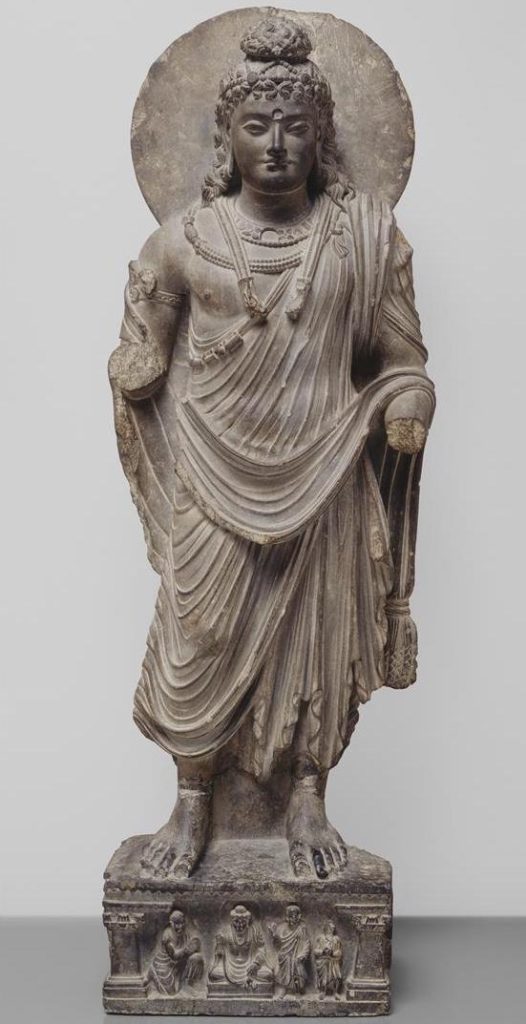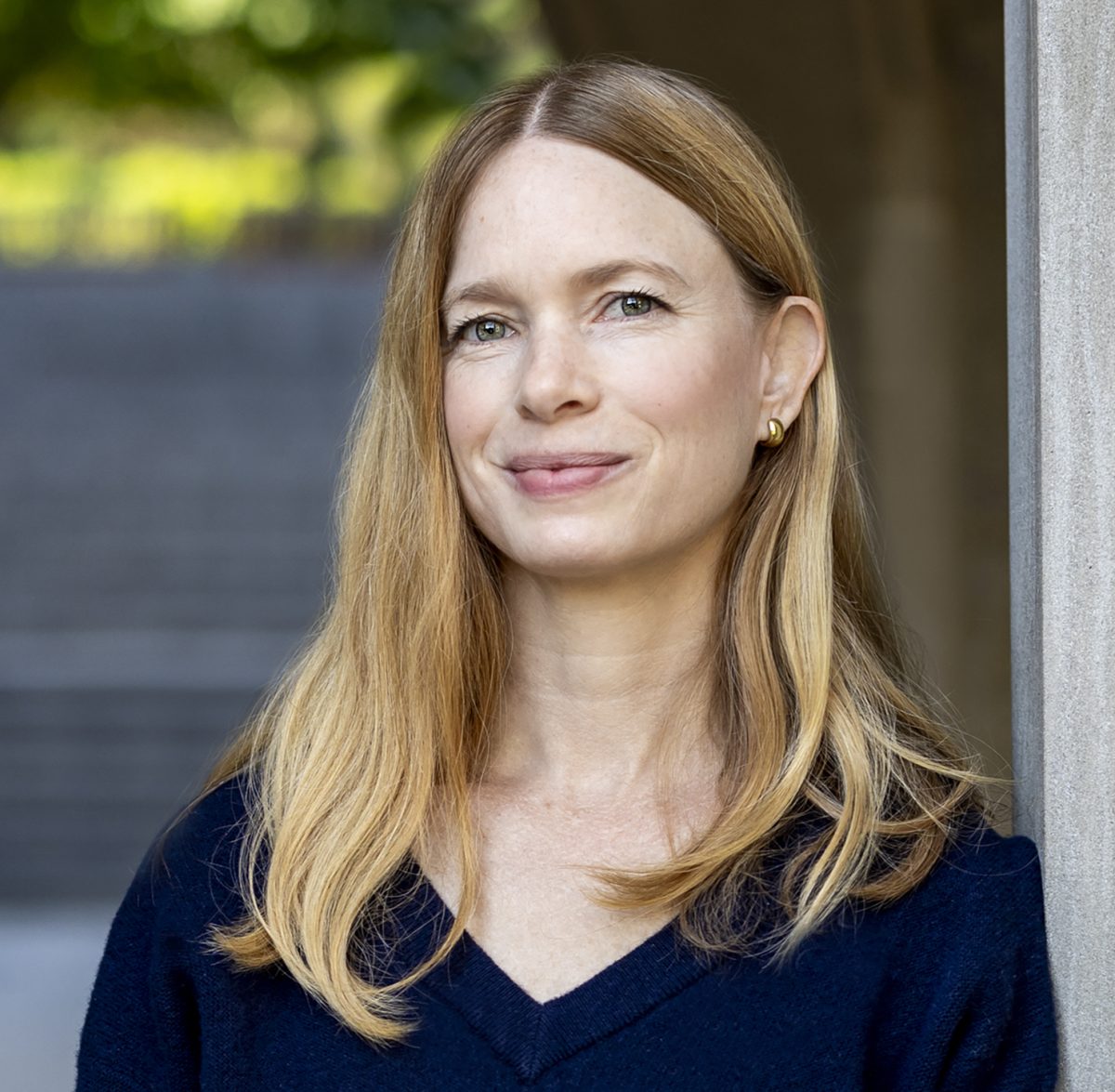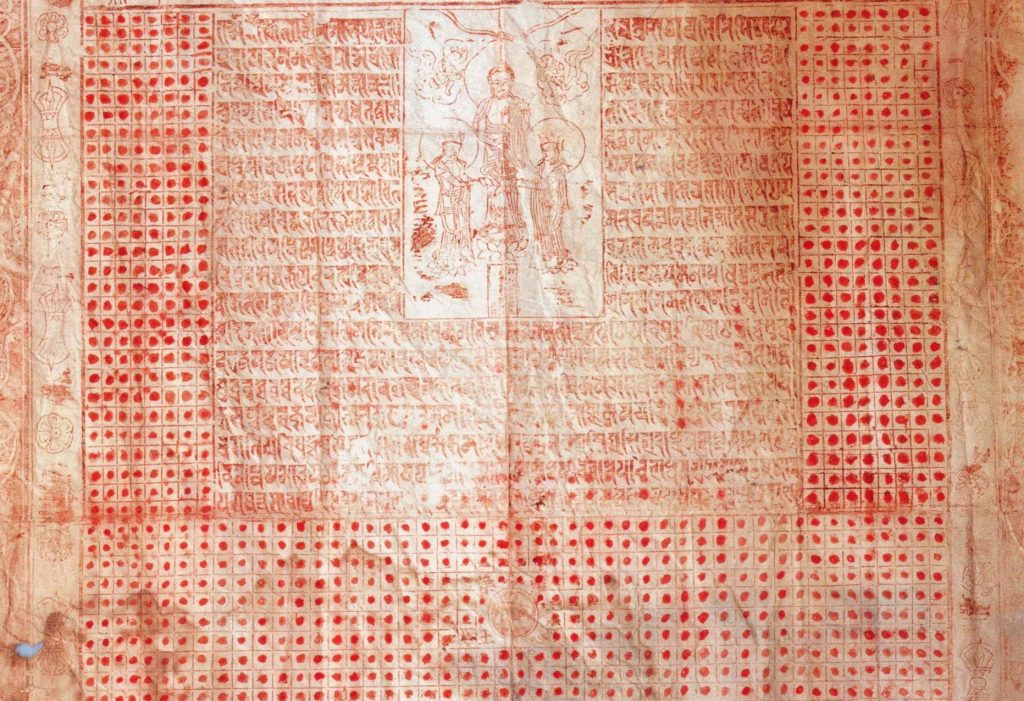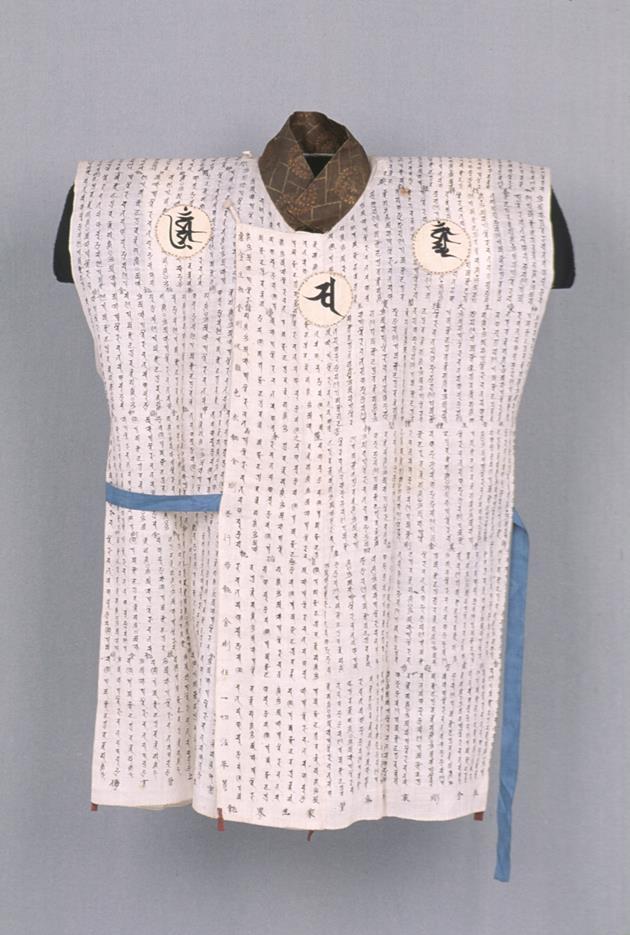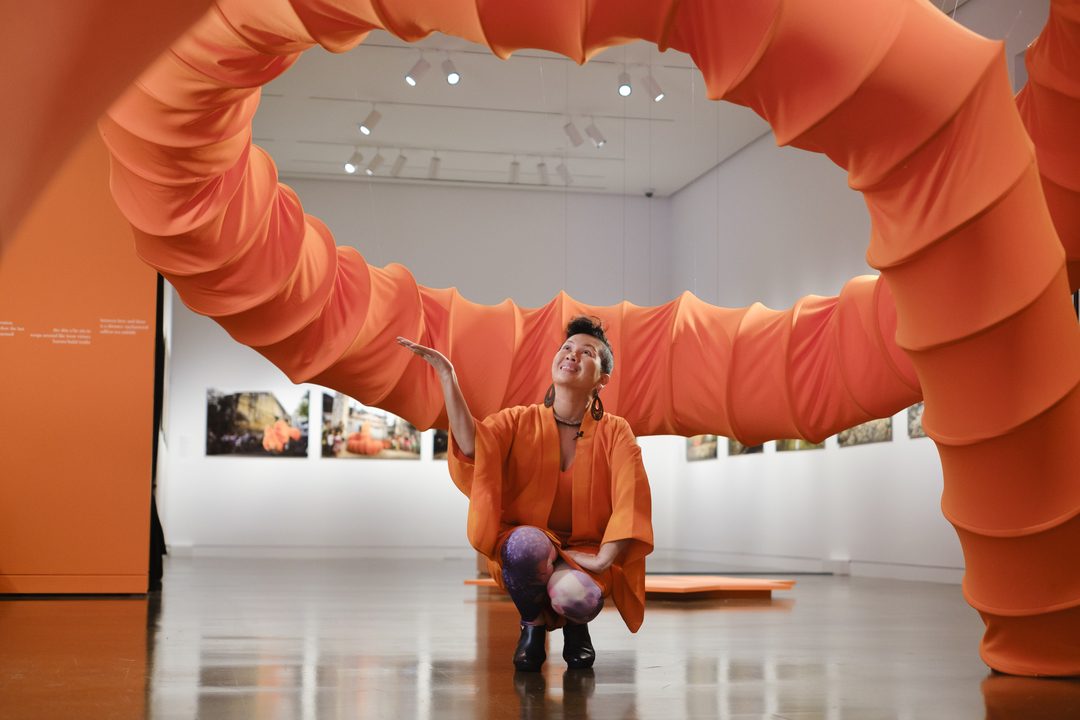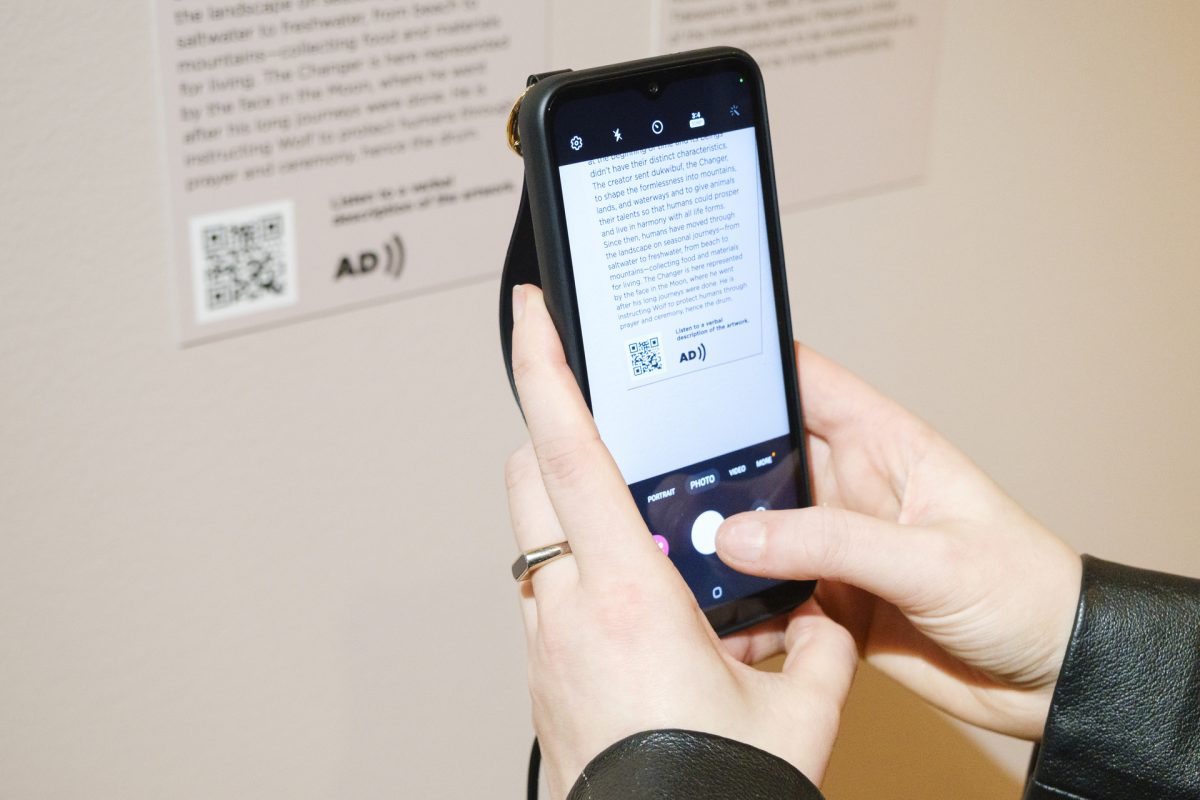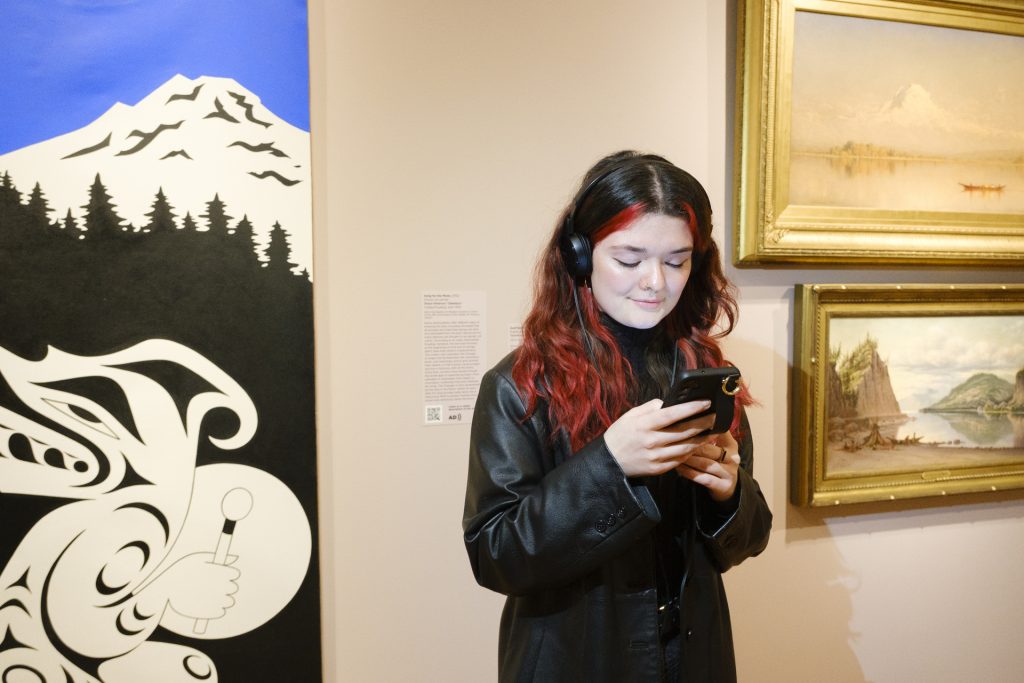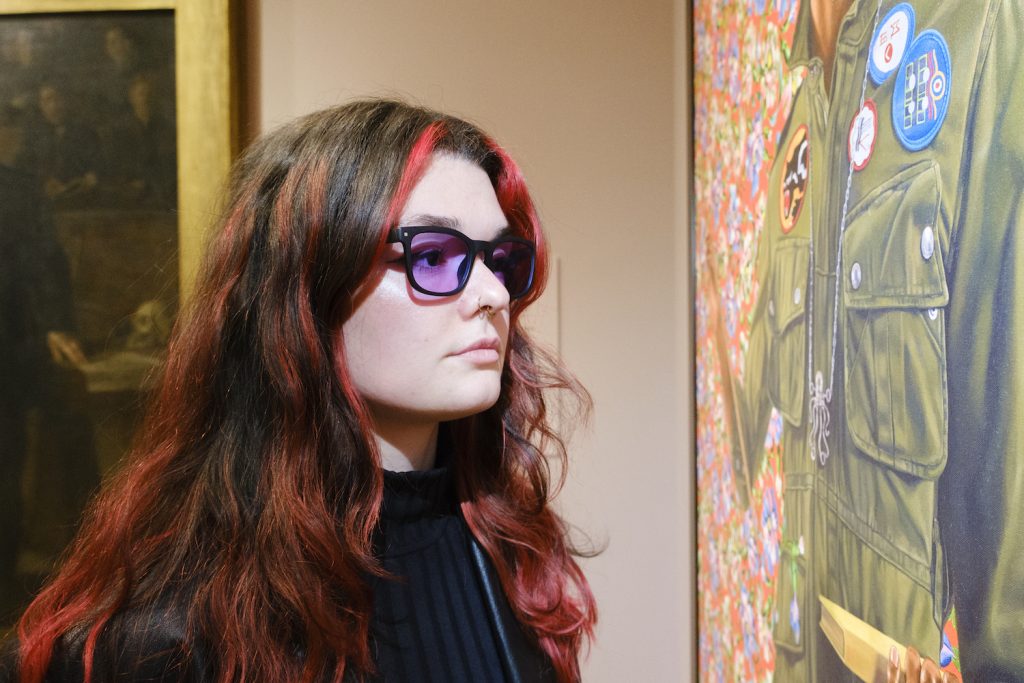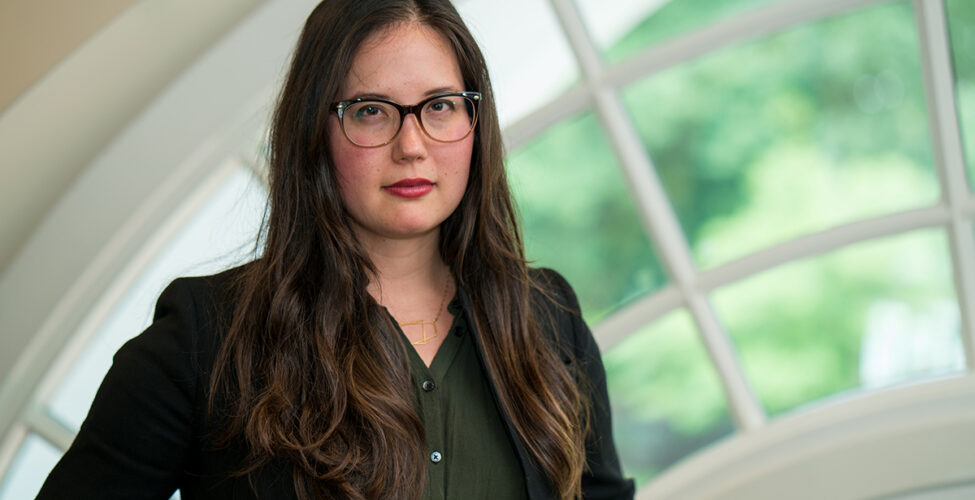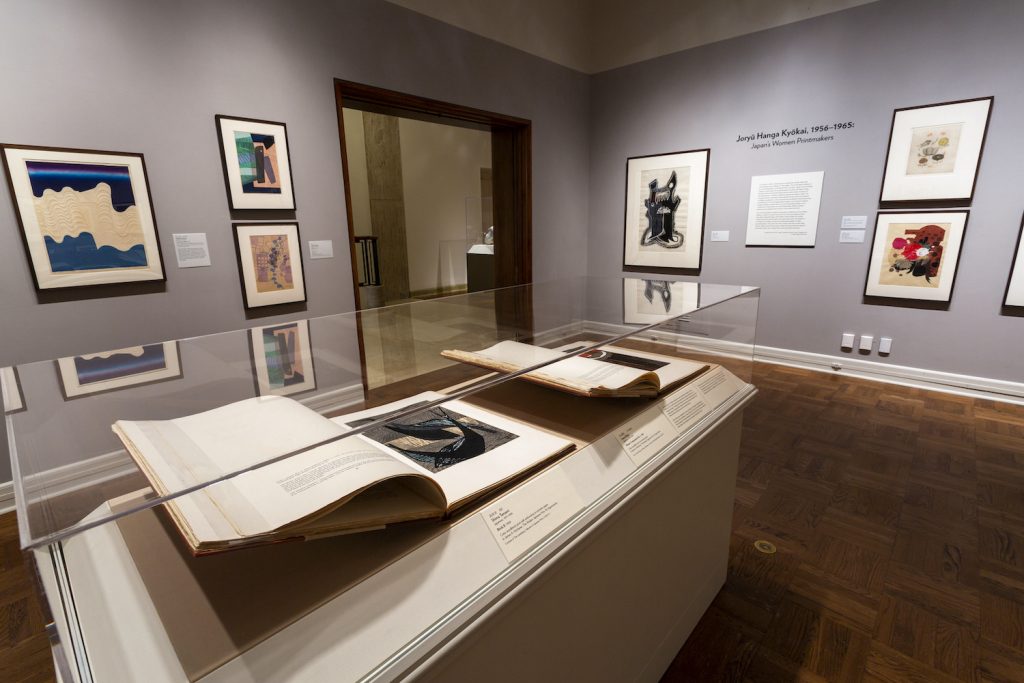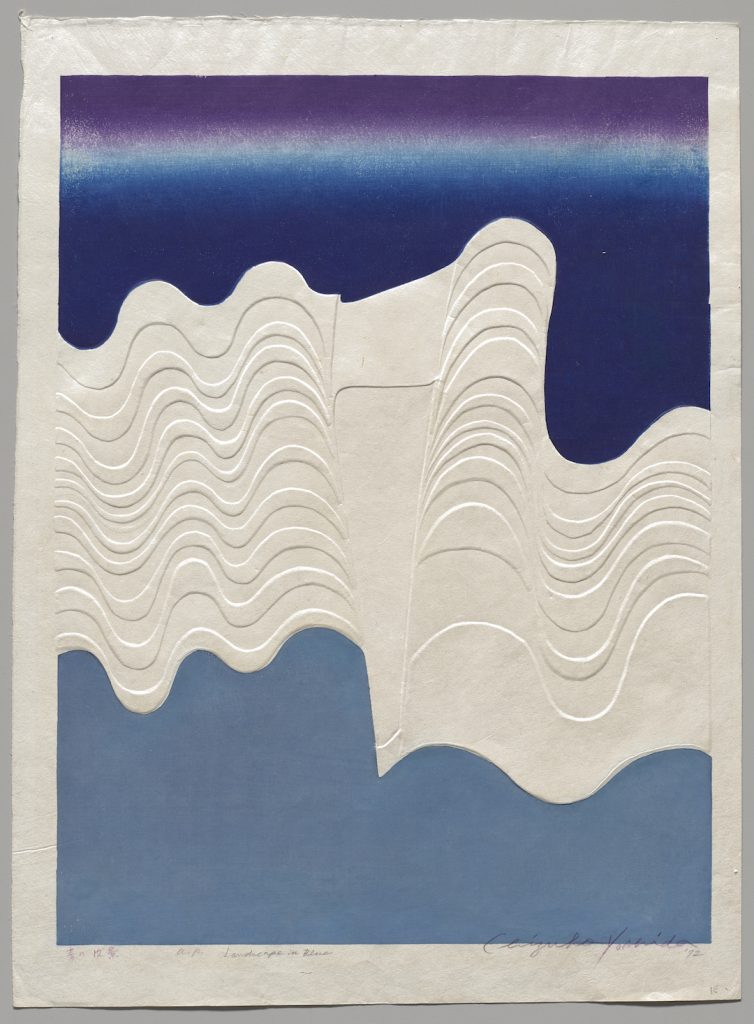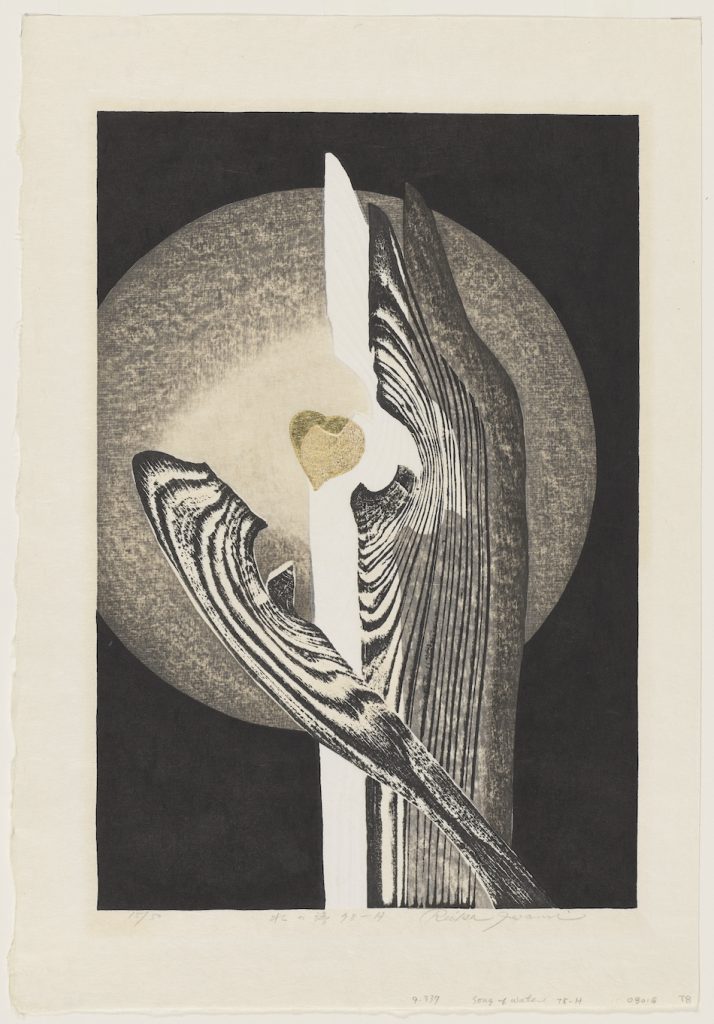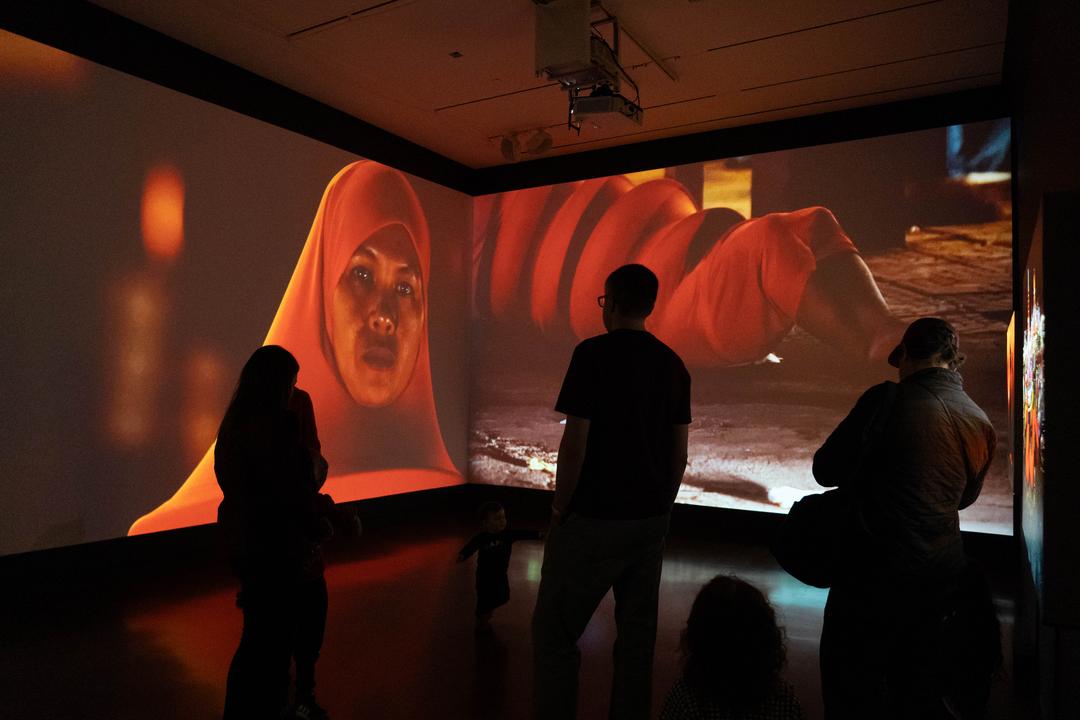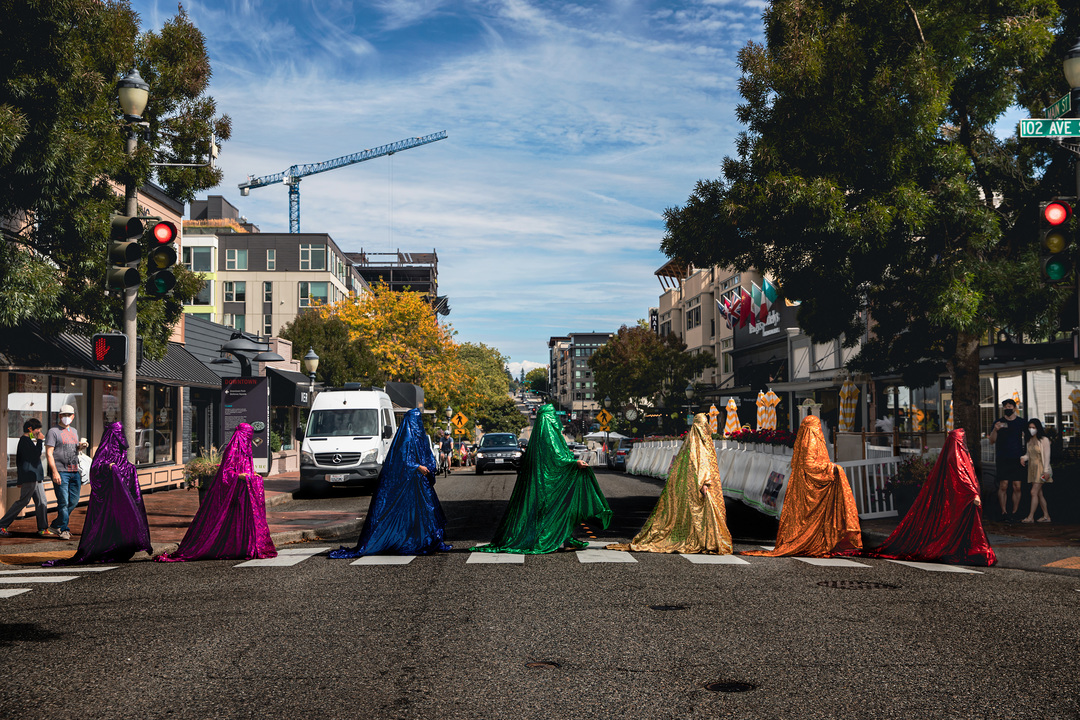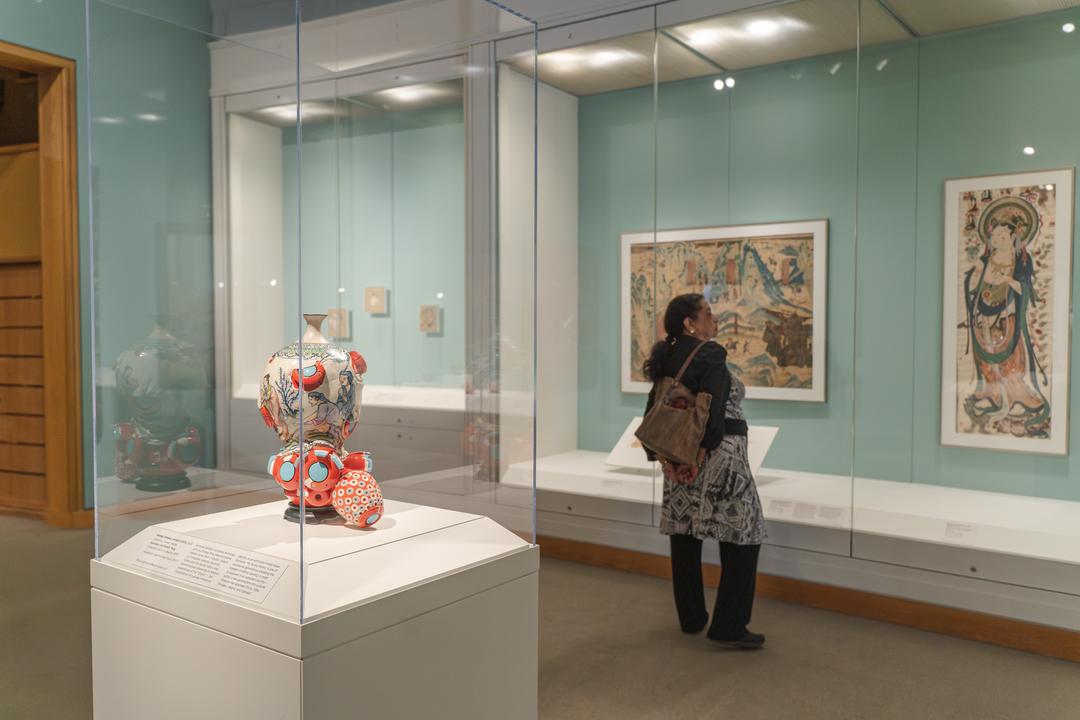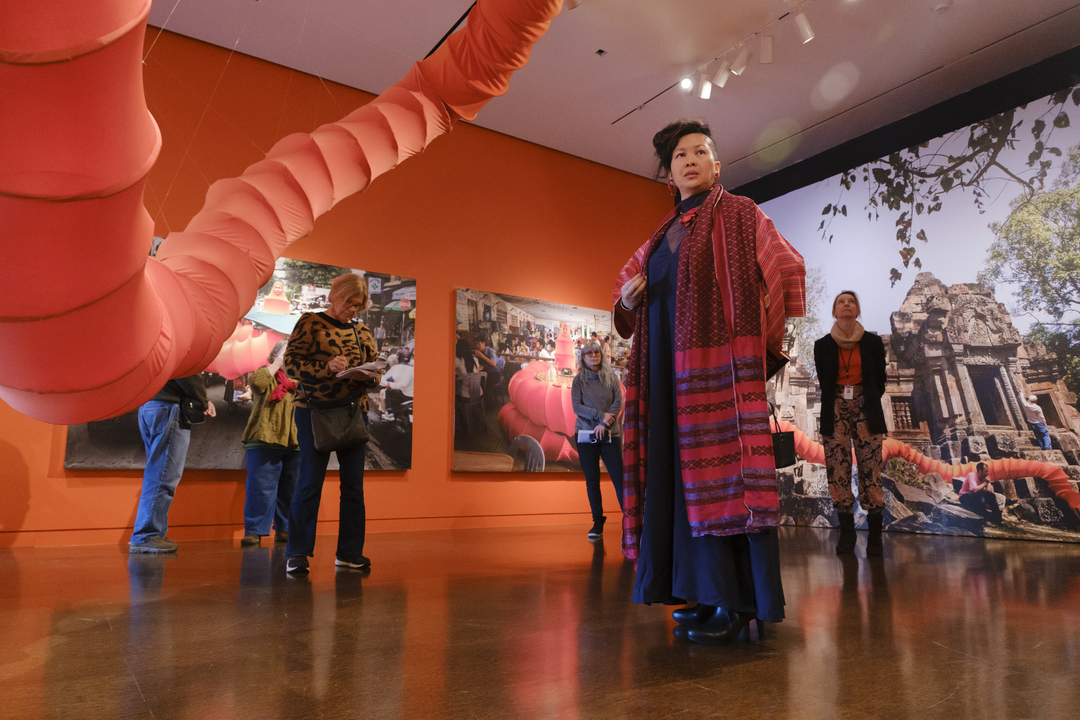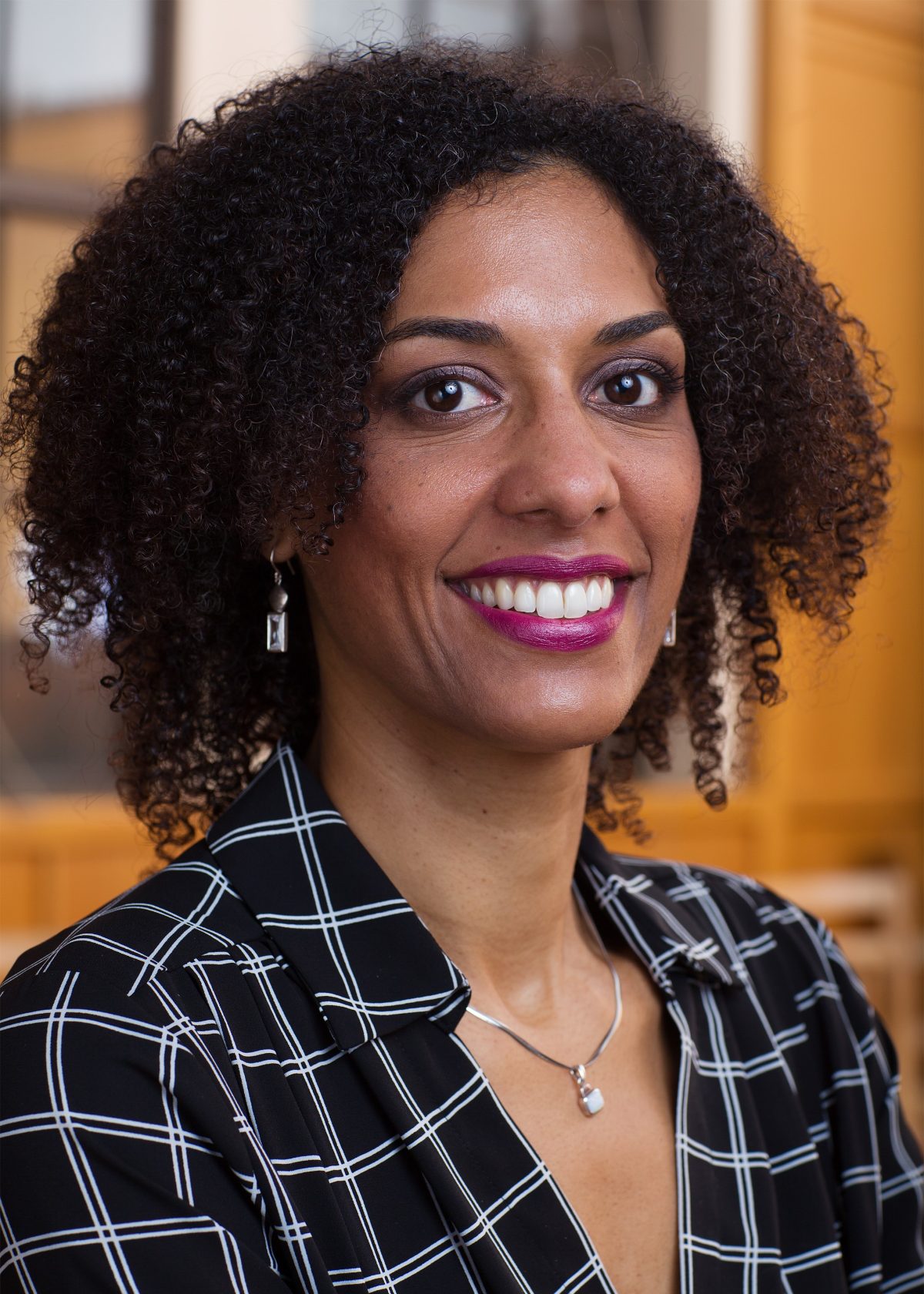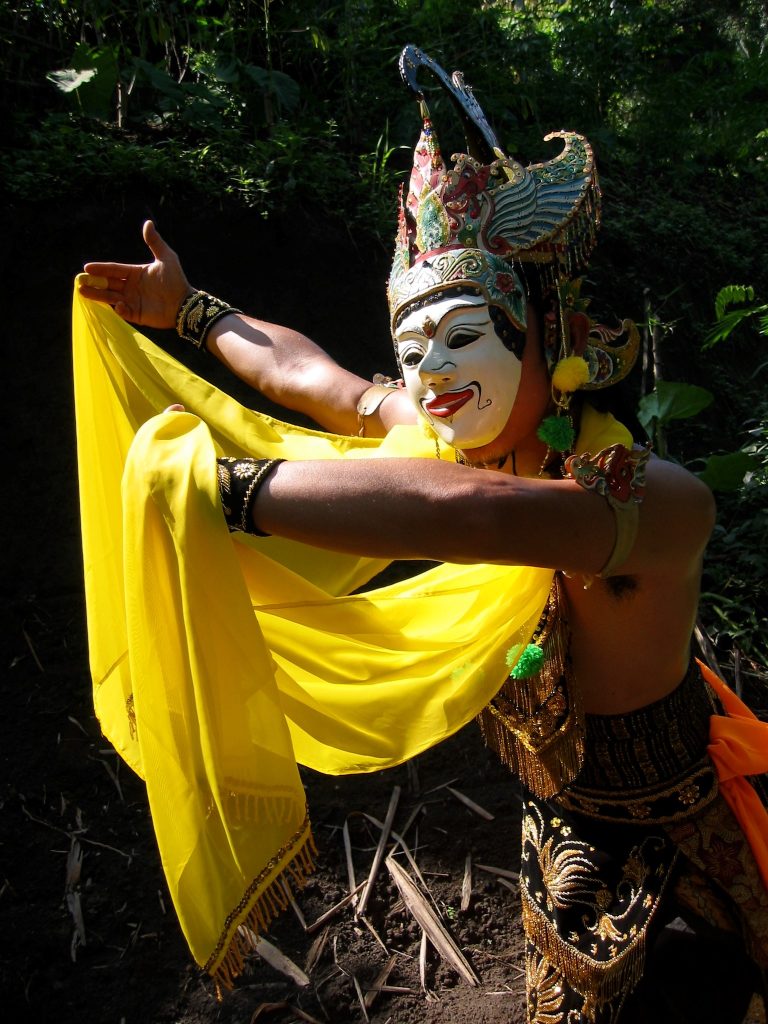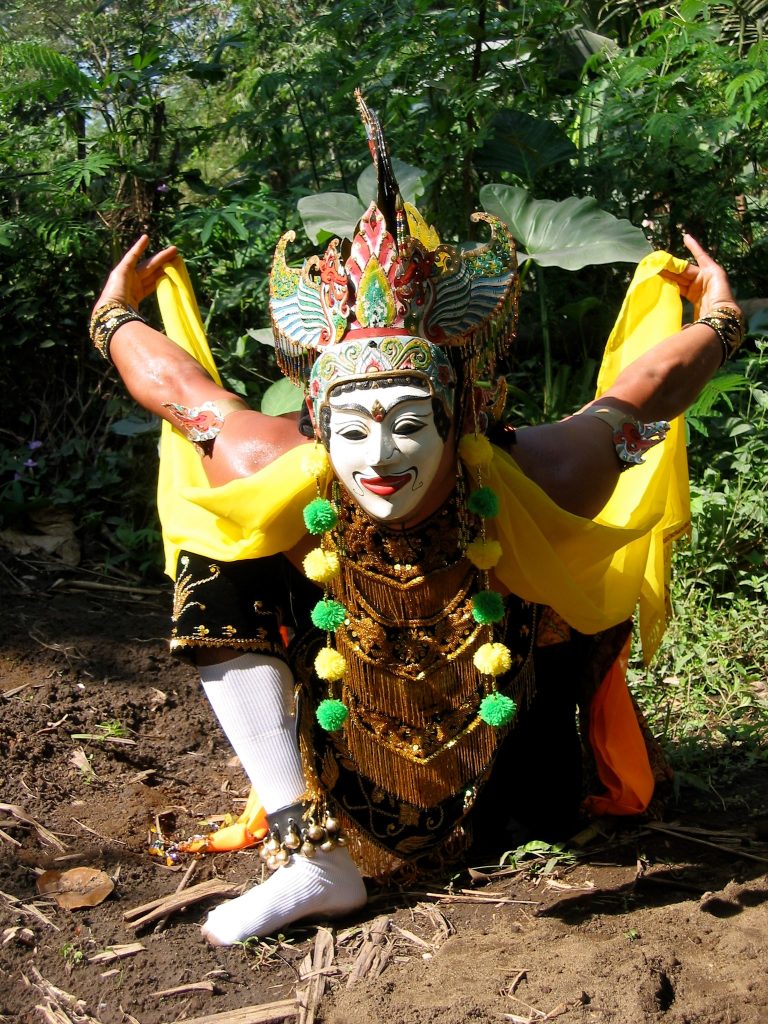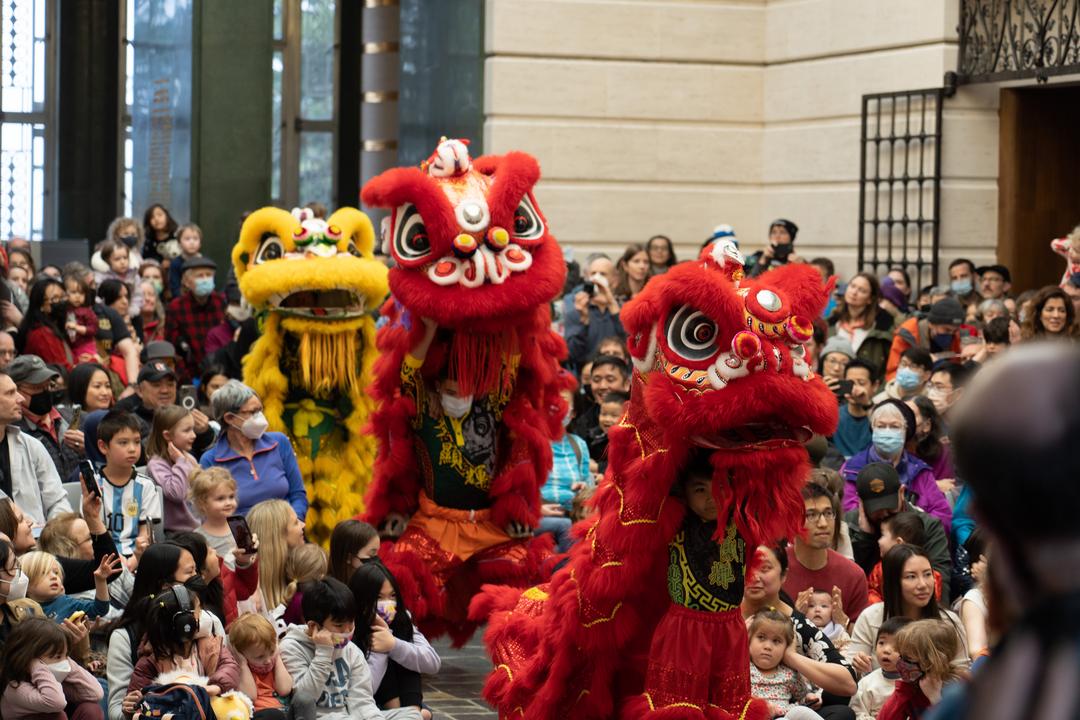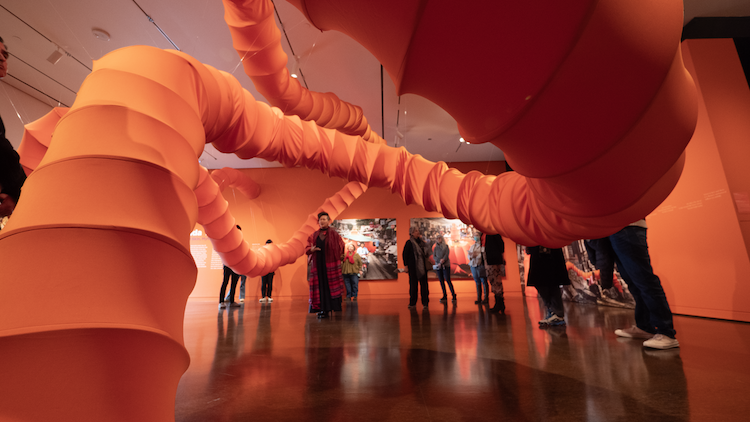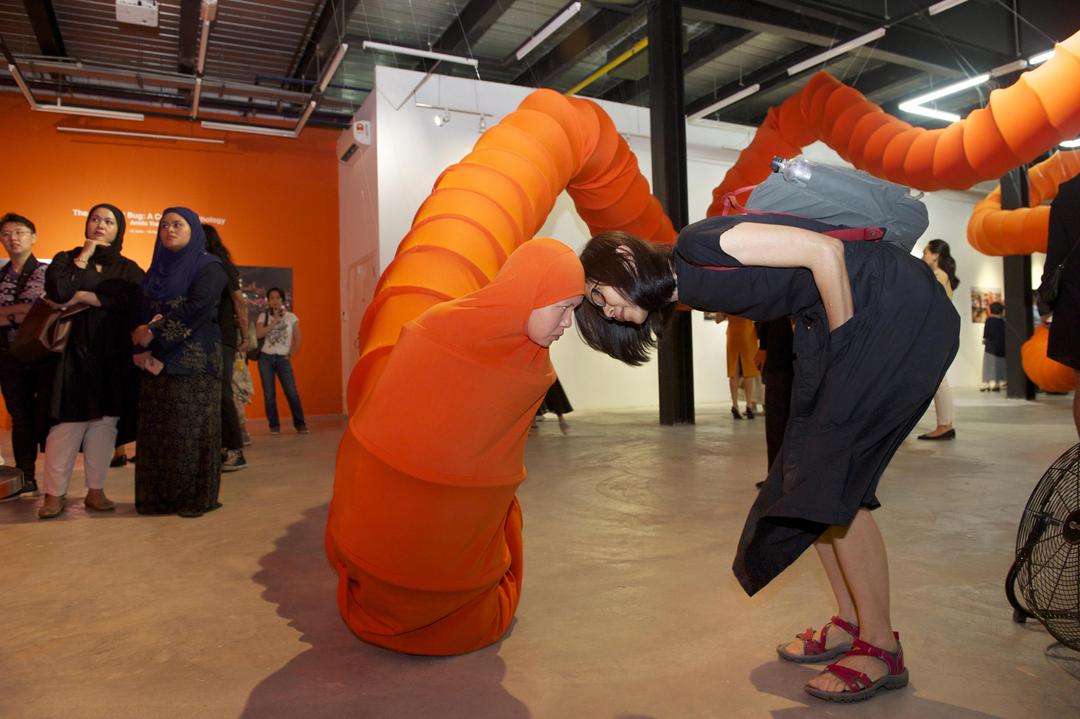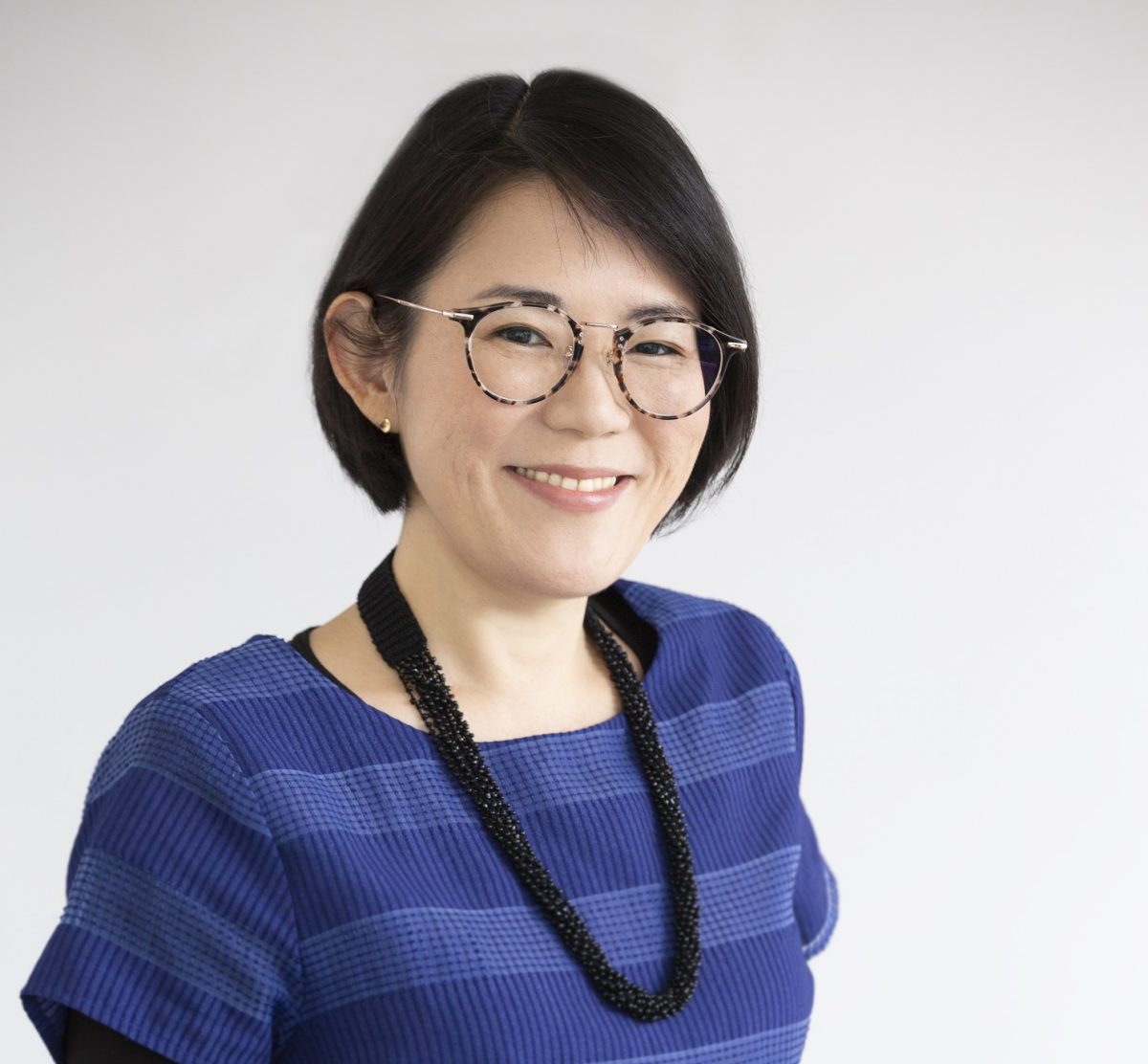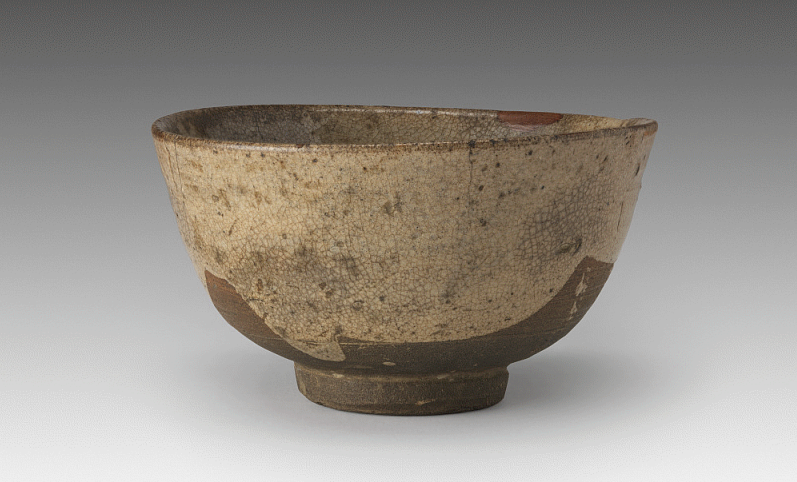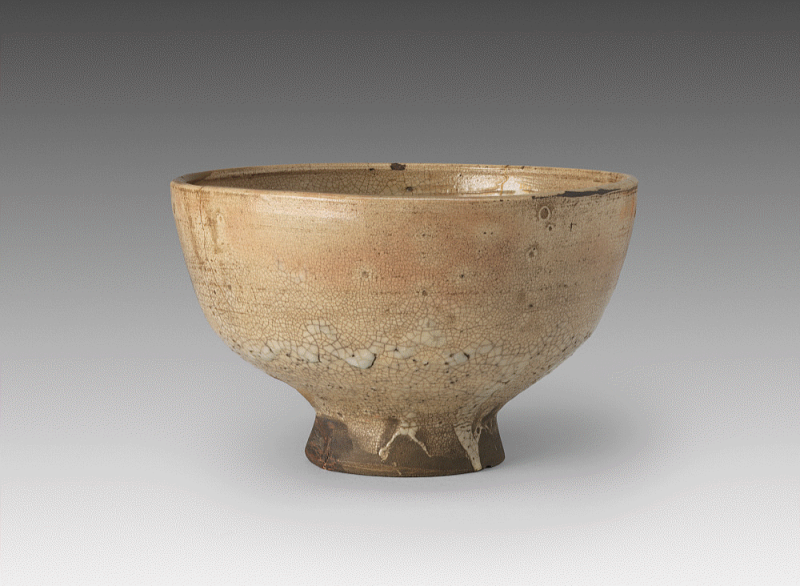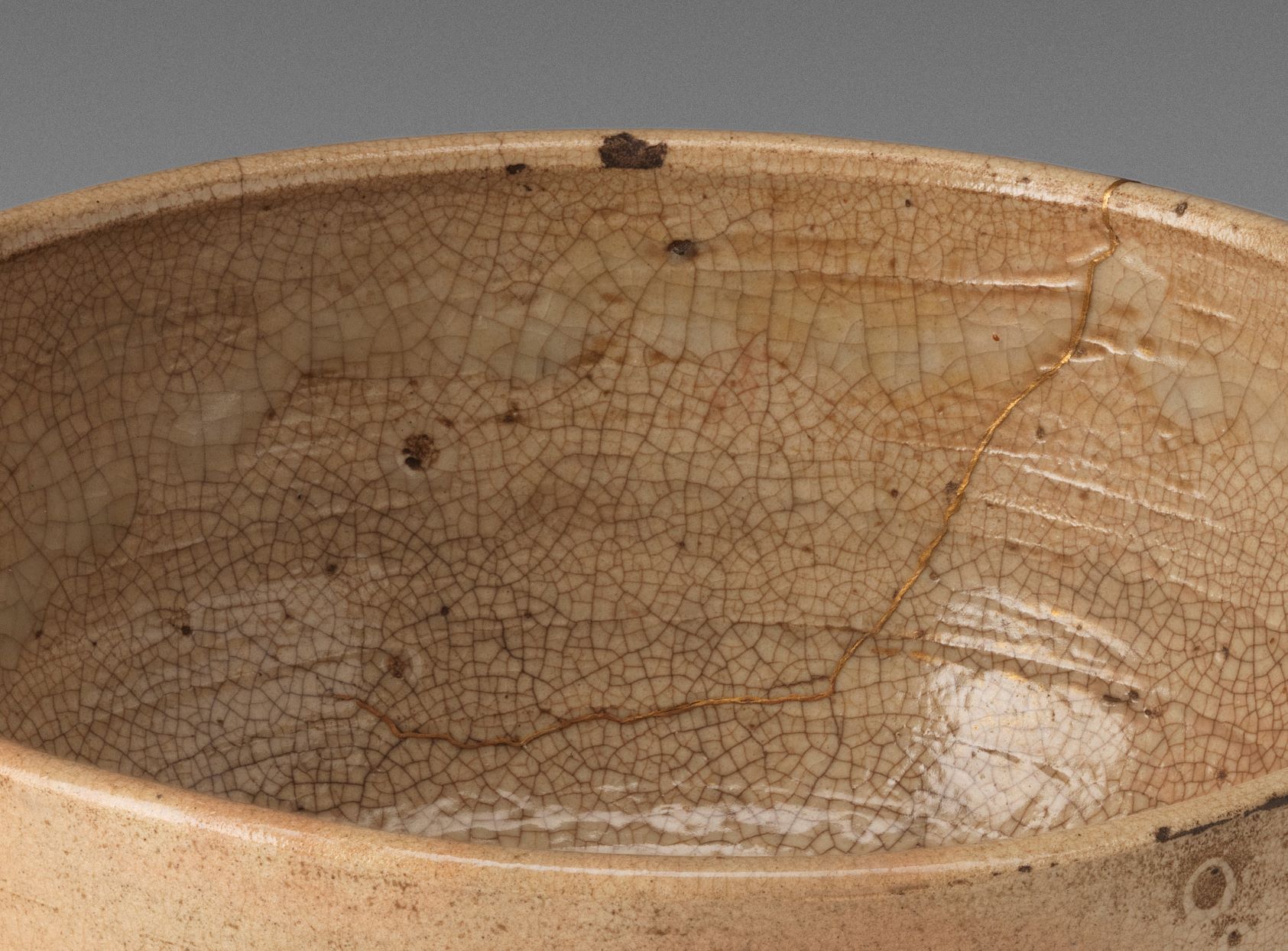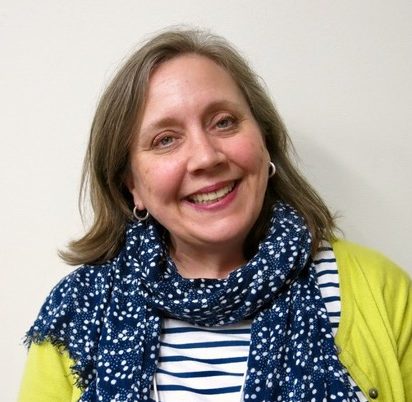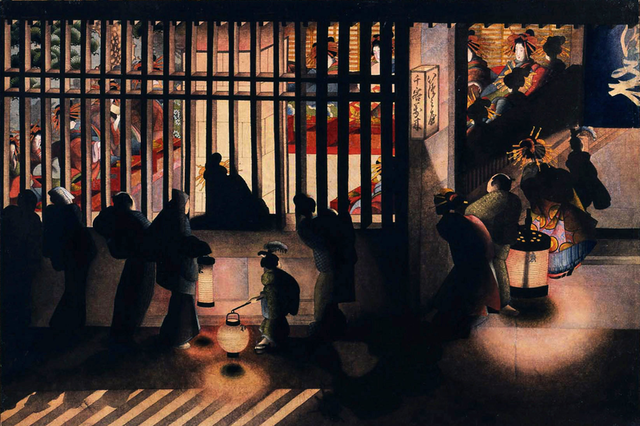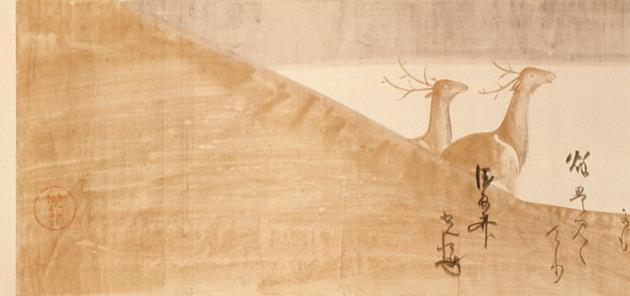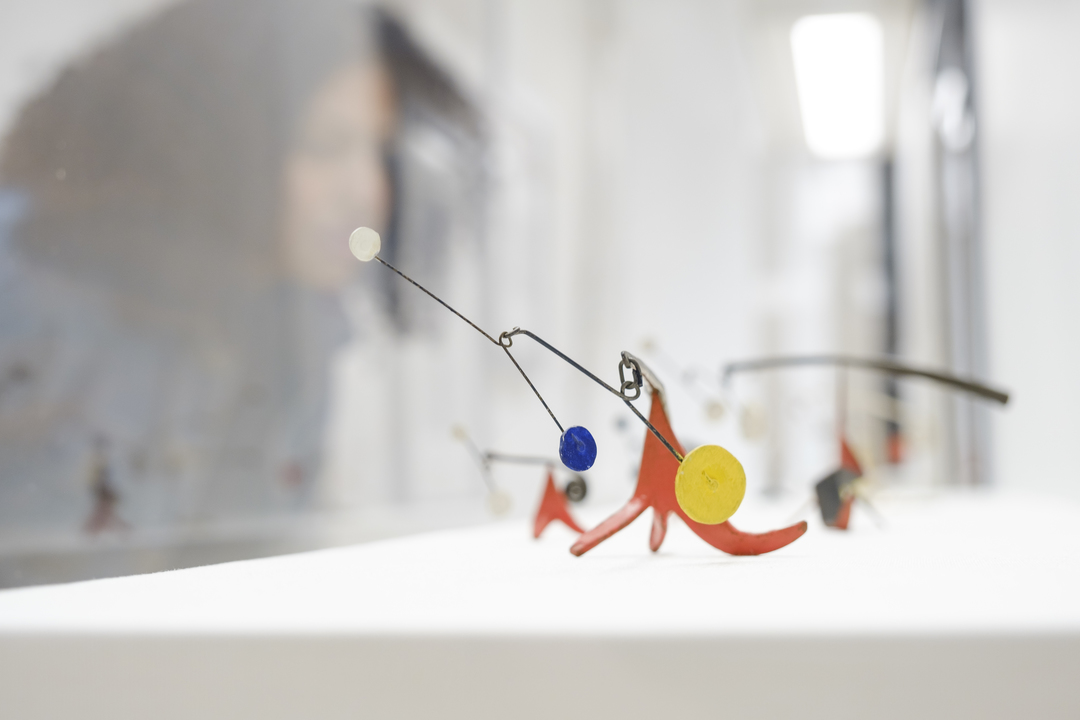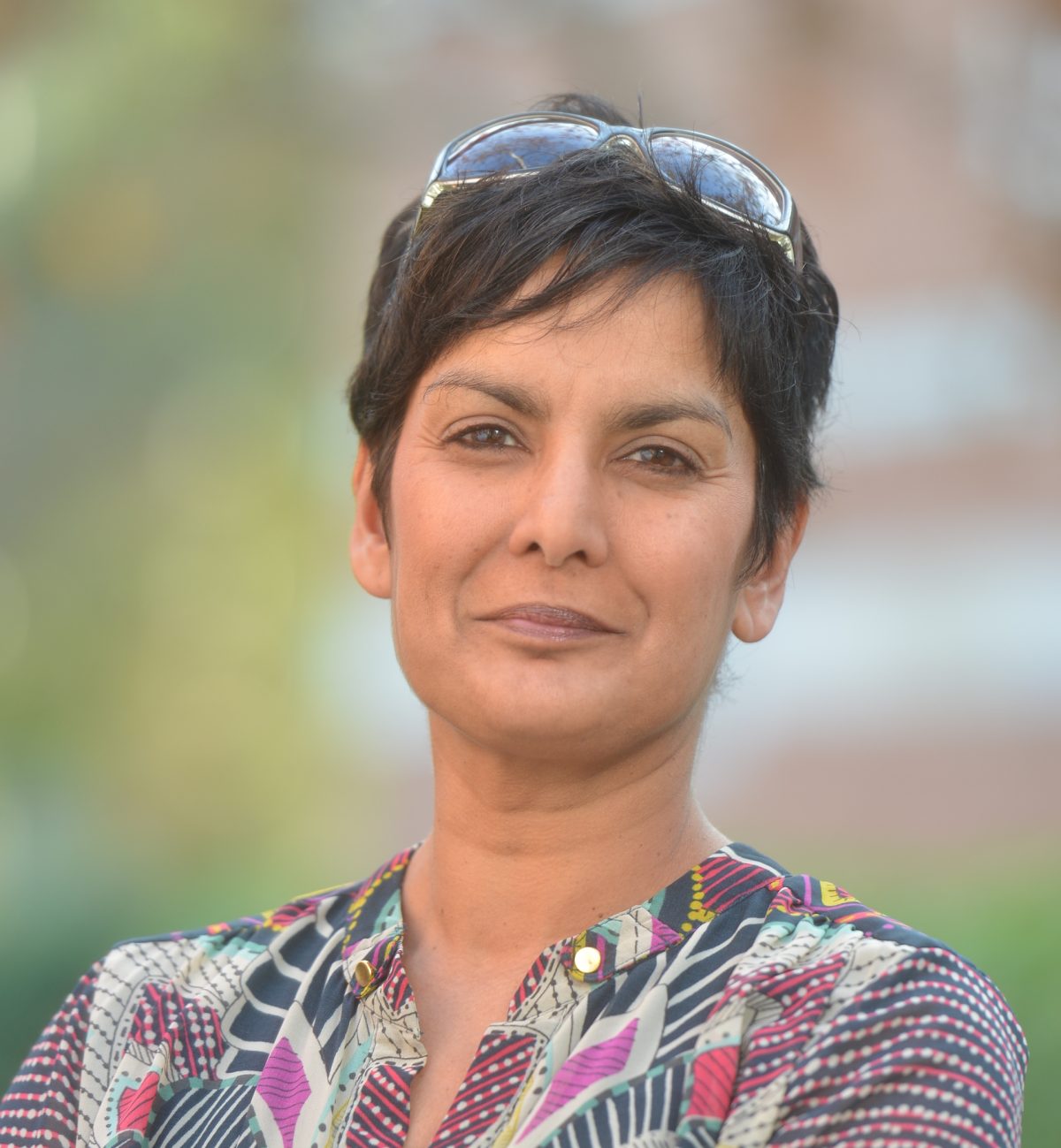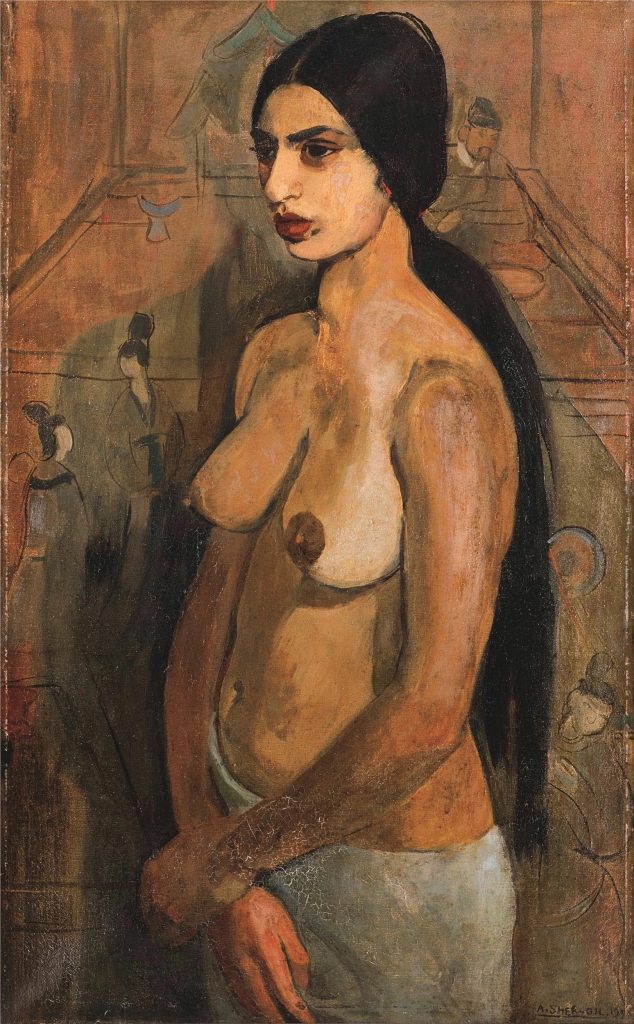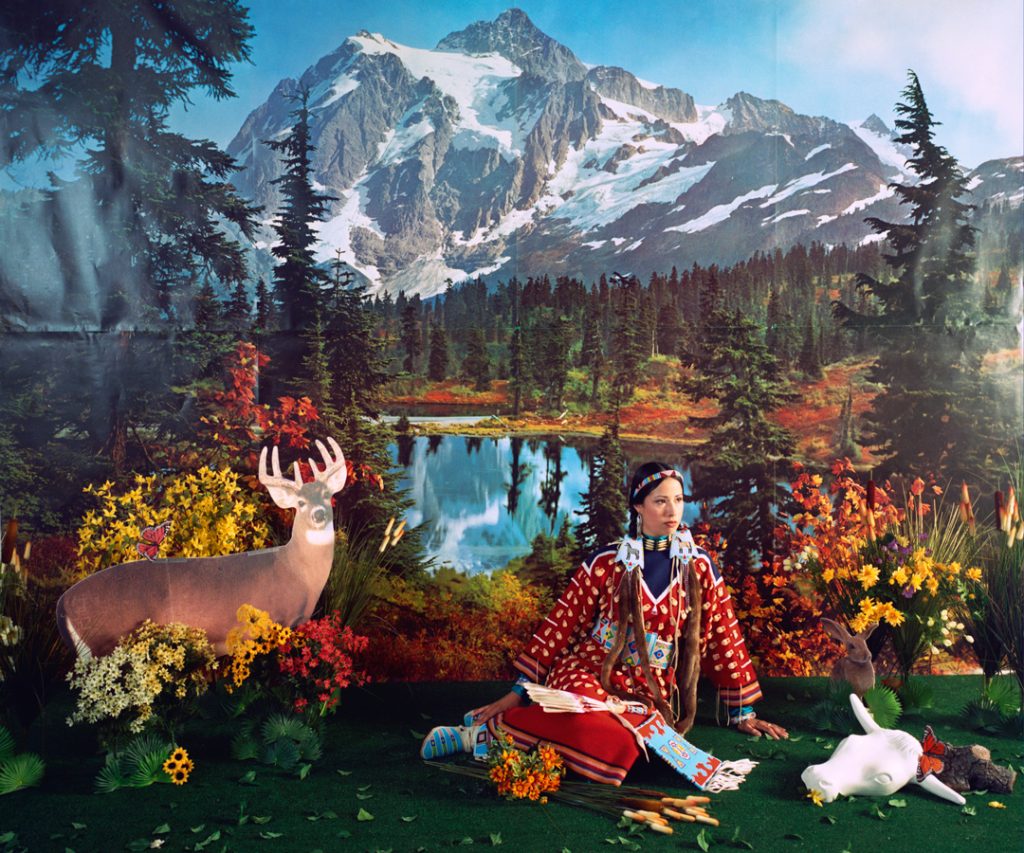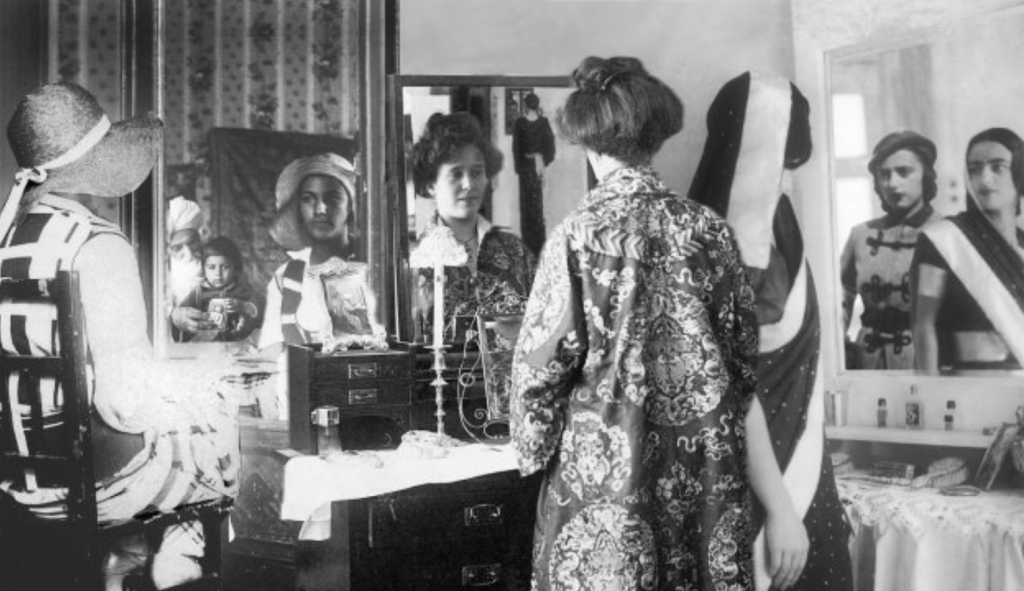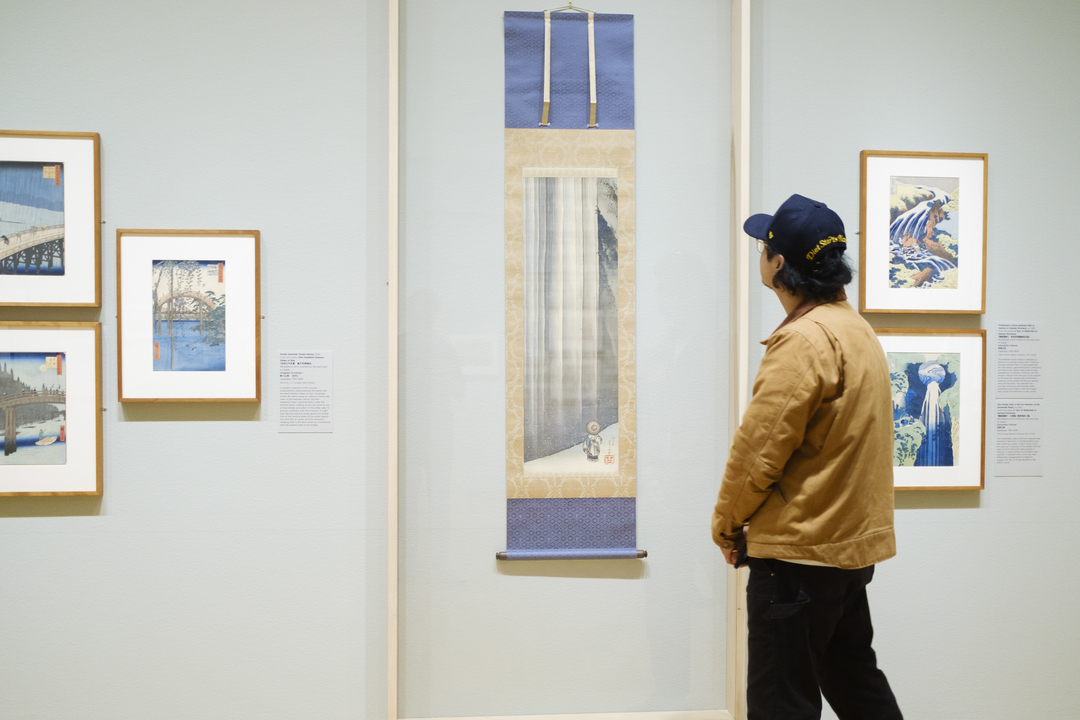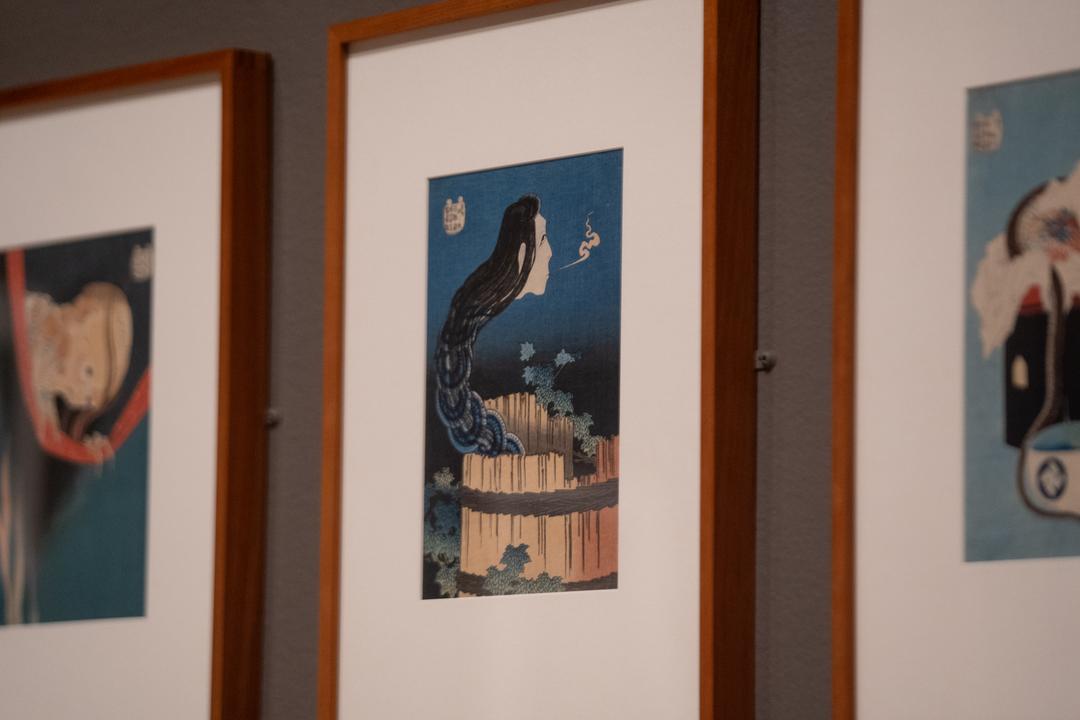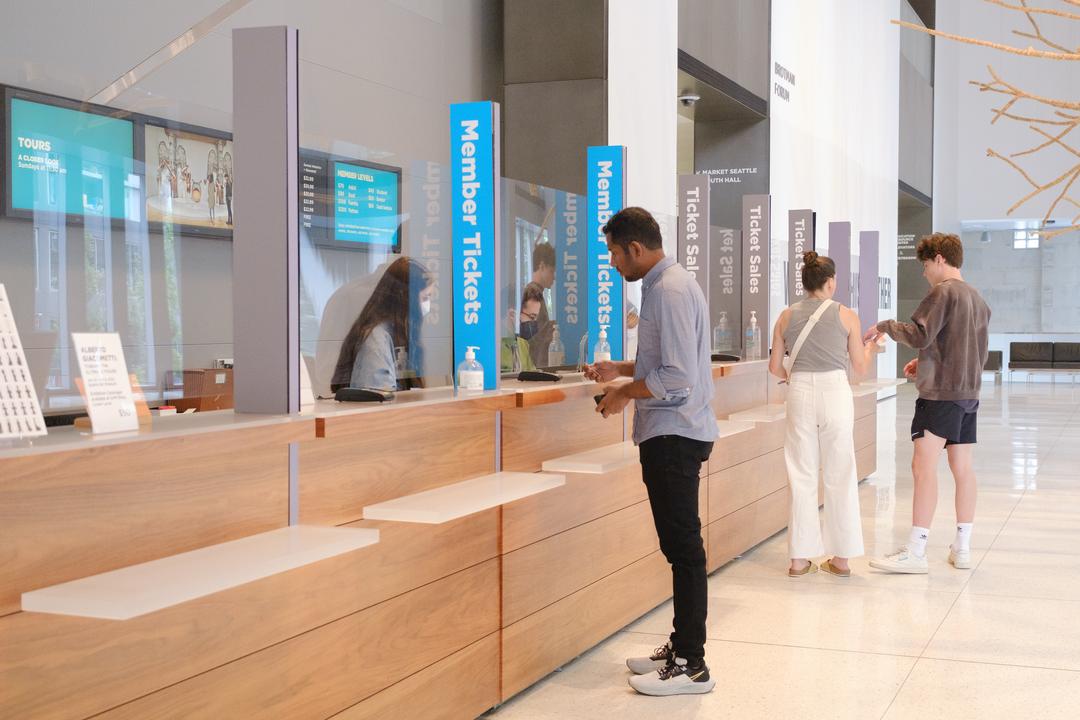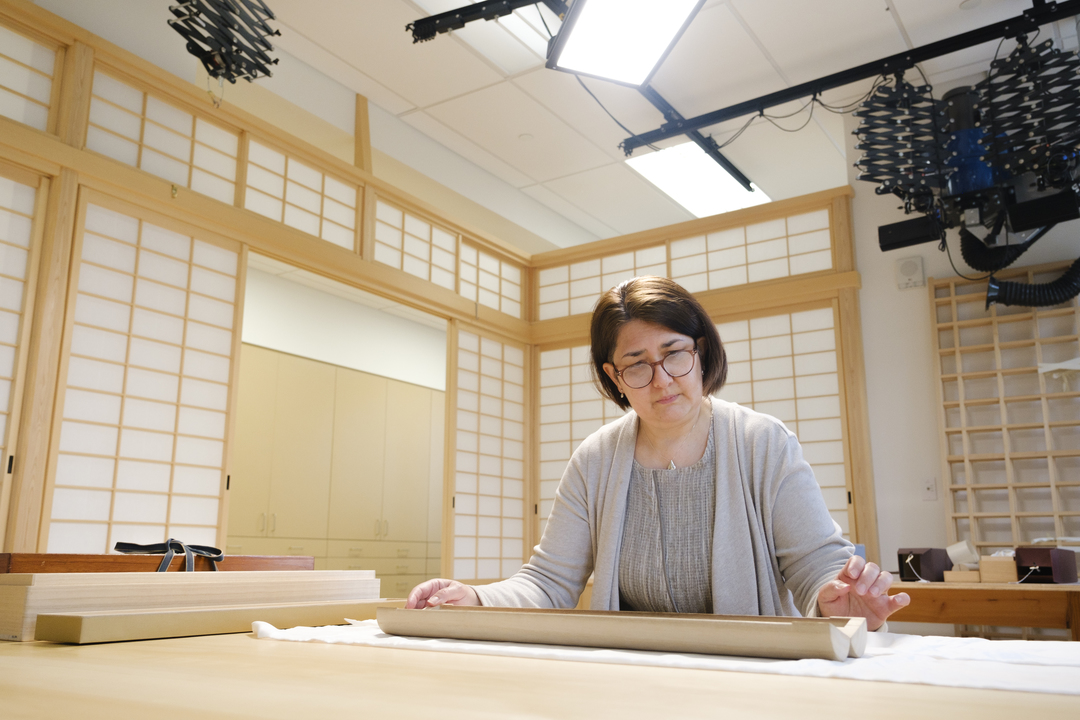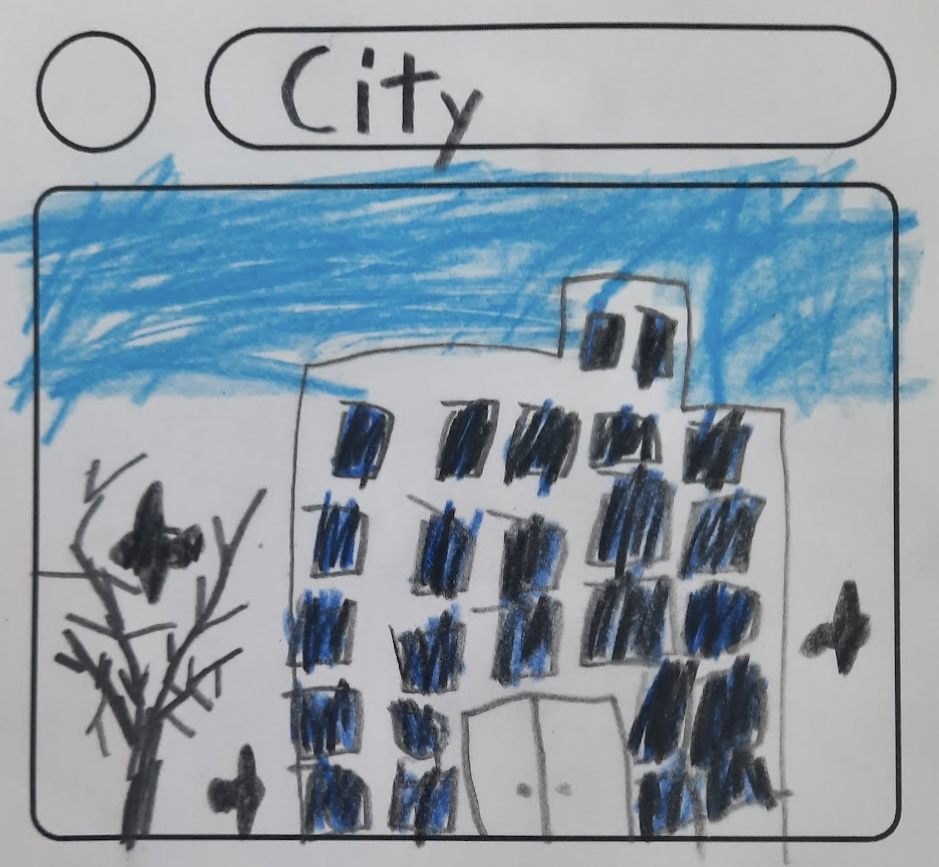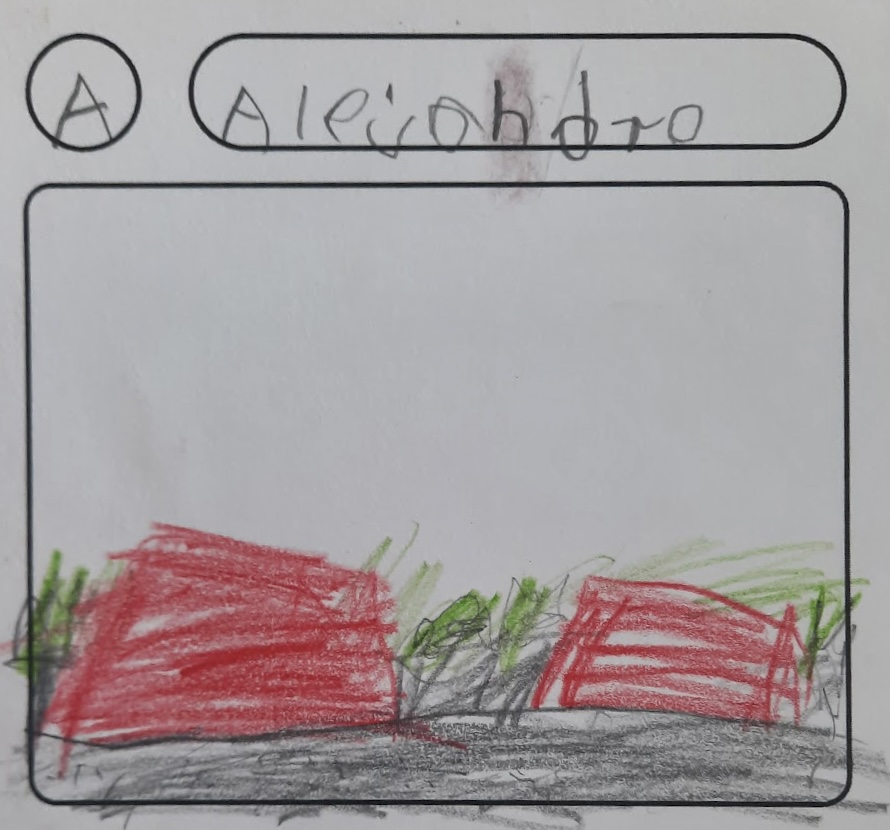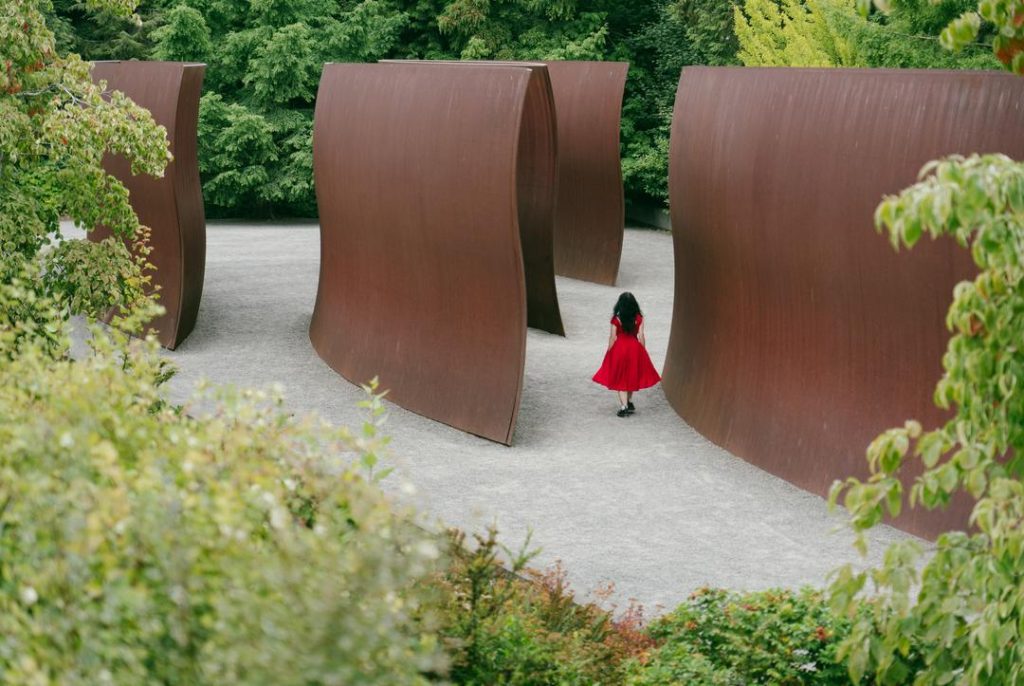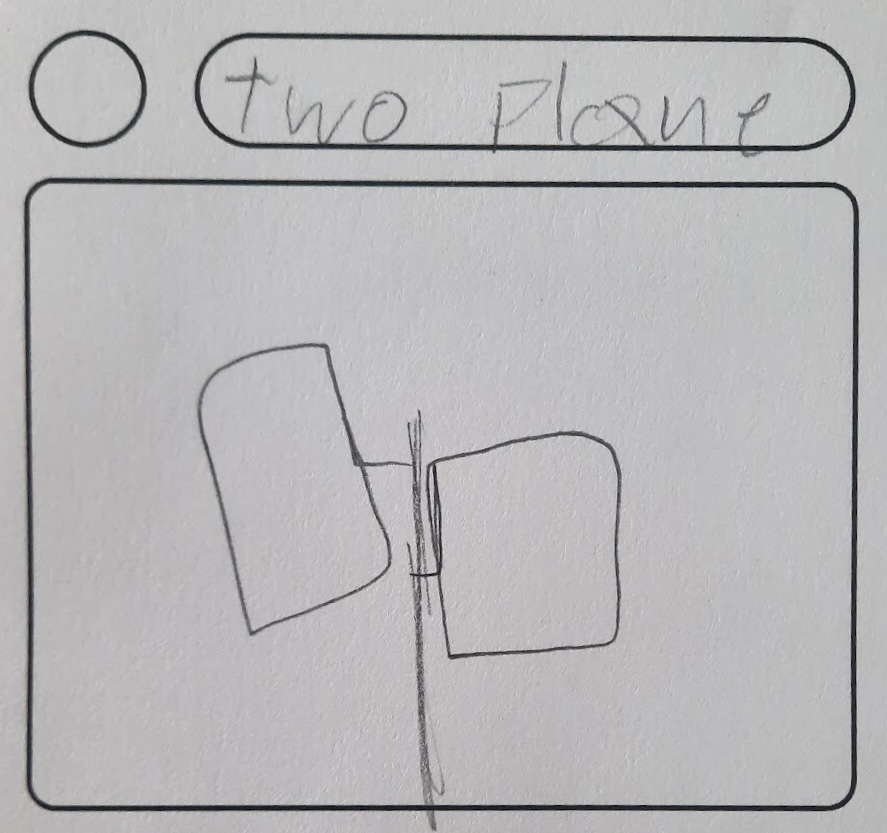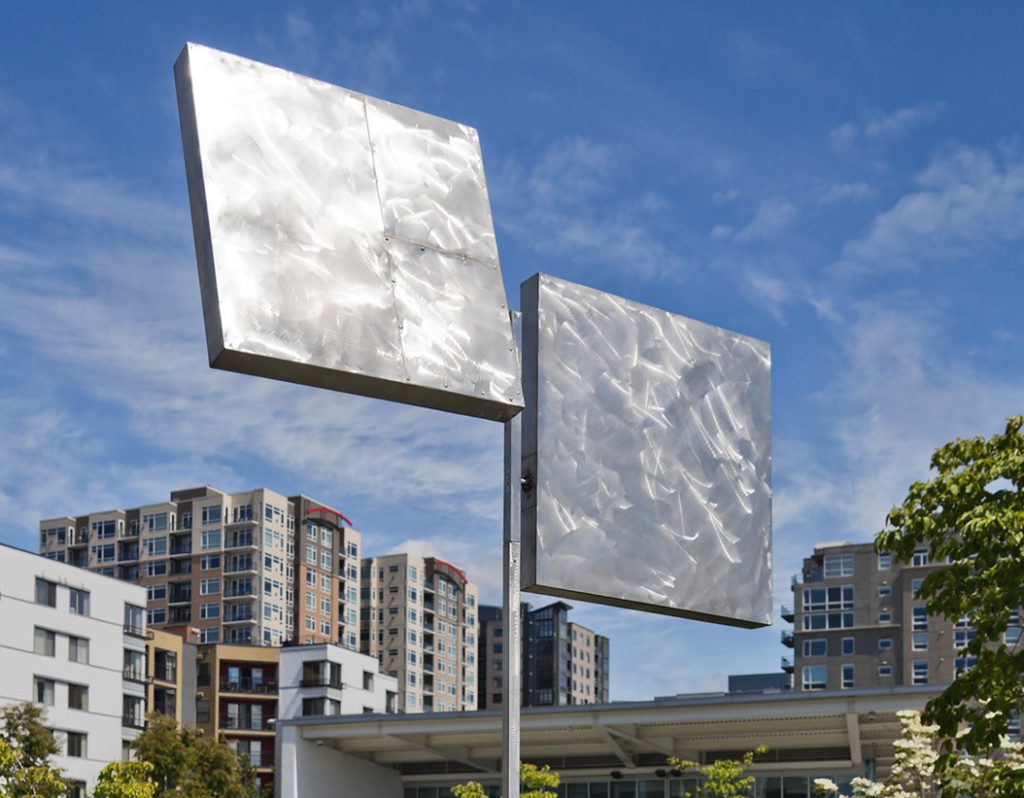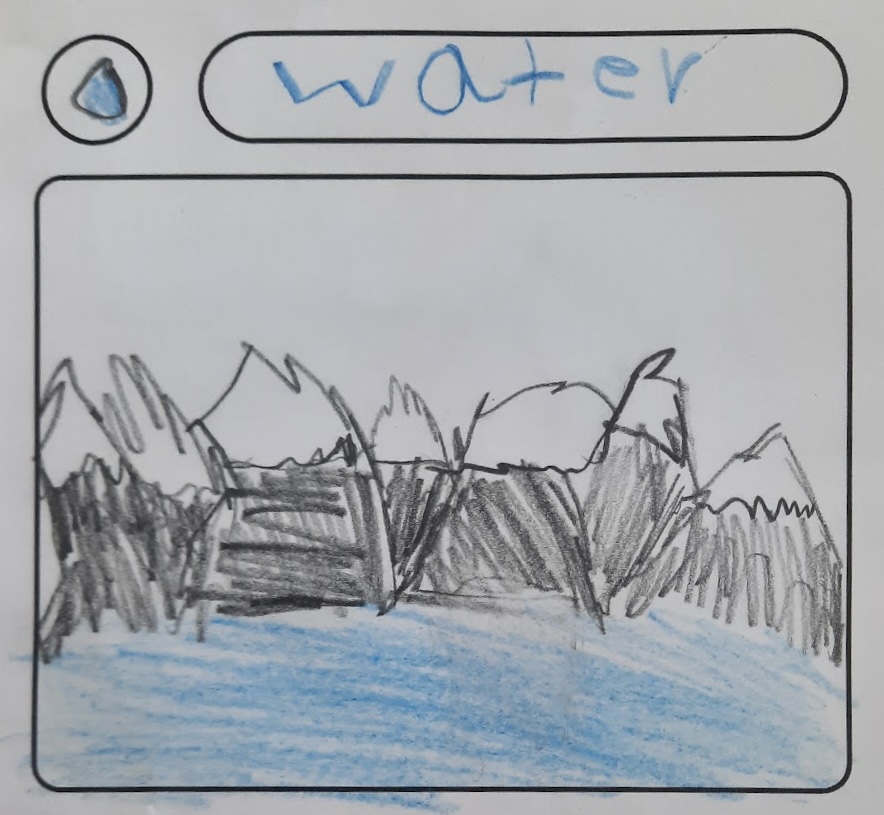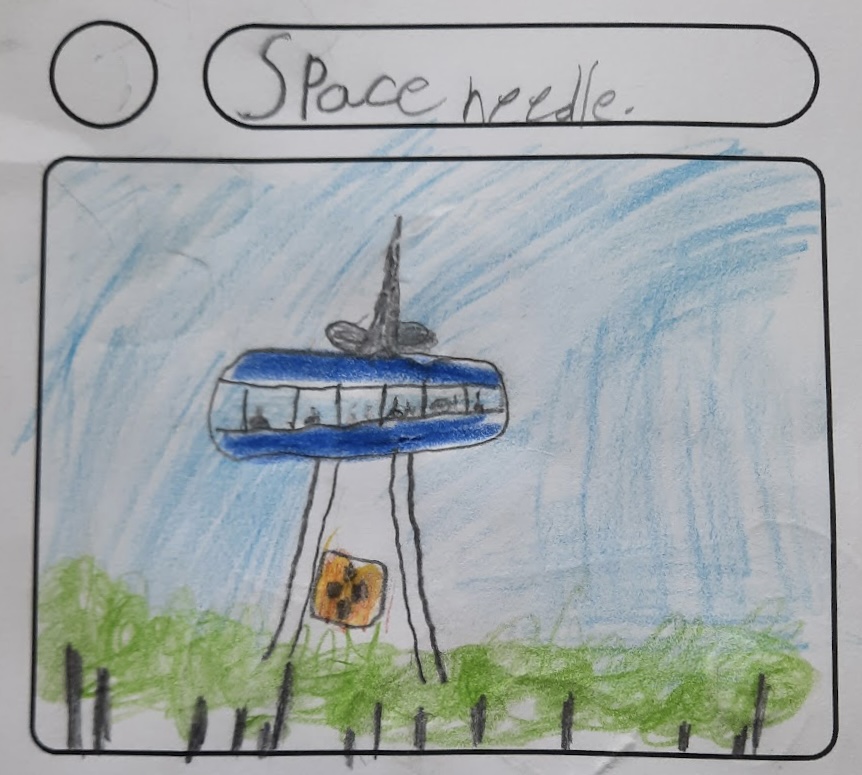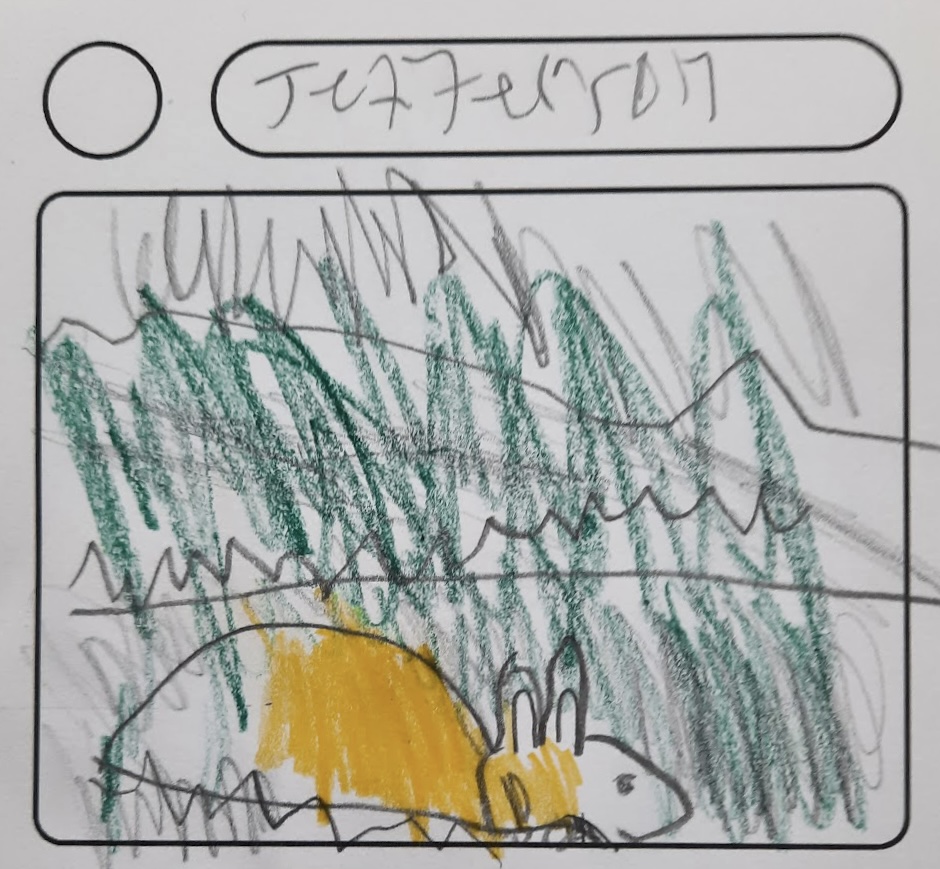SAM’s Gardner Center for Asian Art and Ideas presents the 2023–24 season of the Saturday University Lecture Series, exploring various topics on Asian art and culture across time. On Saturday, June 8, Sonal Khullar, W. Norman Brown Associate Professor of South Asian Studies in the Department of the History of Art at the University of Pennsylvania, will discuss the growing preoccupation with nations, borders, and partitions in contemporary art from South Asia since the 1990s. In advance of her talk, SAM spoke with Khullar about what visitors can expect to learn about in her upcoming talk, her travels to Lahore, Pakistan in 2018, and the role art has played and will continue to play in South Asian politics.
SAM: What can the public expect to learn about in your upcoming Saturday University lecture? What initially drew you to this topic?
Sonal Khullar: My lecture will highlight contemporary art from Bangladesh, India, Pakistan, and Sri Lanka that takes up the problem of nations, borders, and partitions in South Asia. Since the late 1990s, artists have aimed to materialize a region distinct from the one conceived by nation-states and multinational corporations. They have done so through collaborations in the form of artworks, projects, exhibitions, and associations despite immense and growing conflicts within and between nation-states. Although globalization is generally imagined through networks and flows and discussed in terms of mobility and circulation, it can also be understood as their converse: obstacles to, or restrictions on, movement, evident in Pakistani artist Bani Abidi’s series of inkjet prints Security Barriers (2009–2019), the double-channel video installation The News (2001), and the film The Distance from Here (2010), which I will address in my lecture.
In researching my first book Worldly Affiliations (University of California Press, 2015) on modern art in India, I became aware of a contemporary art world that was different from what had come before in its formal and social commitments. Yet, legacies of modernism were everywhere in art institutions and imaginations, and highly significant for contemporary art. I wanted to explore that dynamic further. In the 21st century, artists from Bangladesh, Pakistan, and Sri Lanka regularly show their work in India, where galleries, museums, dealers, and critics agglomerate, and large-scale, recurring international art exhibitions are hosted, both in the region and outside of it. These conditions for art have enabled cultural exchanges across borders and generated aesthetics and politics of what I call ‘everyday partitions.’ A sense of loss, edginess, and haunting, with the past looming over the present, is palpable in these works, as exemplified by Indian artist Shilpa Gupta’s work shown in the collateral exhibition My East is Your West at the Venice Biennale in 2015.
SAM: Academic research often involves travel. Is there a travel experience related to your lecture experience that you could share with us?
SK: My visit to Pakistan to speak in the Academic Forum of the inaugural Lahore Biennale in 2018 was unforgettable. It was my first time in Pakistan, though Lahore was familiar. It is the city in which my grandmother, Sudarshan Nayyar, spent her childhood and adolescence, living in 5 Scotch Corner off Mall Road, and attending Sacred Heart Convent School, where Belgian nuns valued discipline and enforced purdah (practices of gendered segregation). Her father, my great-grandfather, Sohan Lal Nayyar, a civil engineer with the Public Works Department, came from Qila Sobha Singh in Sialkot District, now Qila Ahmed Abad in Narowal District in Pakistan. I had long imagined Lahore with its tree-lined boulevards and Mughal monuments to be like Delhi, the city in which I grew up and which no longer exists, in part because the old Lahoris among whom I grew up are no more. I remembered their tehzeeb (manners) and zubaan (language) in encounters with artists and intellectuals in universities, museums, galleries, and art schools.
Lahore is also the city in which Amrita Sher-Gil (1913–1941), an artist I have written about, lived, worked, and died. It was a thrill to trace her footsteps and that of critics such as Charles Fabri (1899–1968) and Mulk Raj Anand (1904–2004) and poets such as Faiz Ahmed Faiz (1911–1984) and Saadat Hasan Manto (1912–1955), who made the city their home and built literary and artistic worlds in modern South Asia. Their work continues in the contemporary art I saw during the Lahore Biennale in Mughal buildings, colonial gardens, a modernist art center, the Lahore Museum, and an eighteenth-century haveli (mansion) in the old city that had been converted into an art school and Imambargah, a congregation hall for Shia Muslims, among other venues. This art presented a different vision of Pakistan than the one we most often see in the news where security, terrorism, religious nationalism, and gendered violence dominate headlines. I was interviewed twice about my research while in Lahore. You can access the published articles here and here.
SAM: The Seattle Art Museum is home to nearly 25,000 works of art. What’s one artwork from the museum’s collection that resonates with you? Why?
SK: Pushpamala N.’s Motherland-The Great Sacrifice, from the Mother India Project (2010; print date 2012) speaks to themes of my lecture: the critique of nationalism, political uses of the past, and the role of artists as citizens. Based on a popular image of the Indian revolutionary Bhagat Singh (1907–1931) sacrificing himself to India, personified as a mother goddess, this digital print refers to commercial images known as calendar art and to contemporary and historical practices of studio photography in South Asia with its use of backdrops and props, evident in the bright, flowery curtains that give this scene a theatrical quality. Assuming the role of Mother India, the artist performs for the camera and plays on normative notions of gender and sexuality. She invites us to consider how national myths of motherlands and sons of the soil suffuse everyday life. Mother India imagery is ubiquitous in offset printed calendar art displayed in offices, homes, and shops. In South Asia, politicians present themselves as mothers and fathers of a nation modeled on a family.
In 2014, I taught a course at the University of Washington in conjunction with the exhibition City Dwellers: Contemporary Art from India, curated by Catharina Manchanda. We studied Pushpamala’s work as an example of contemporary artists’ engagement with photography and cinema cultures in India, a major theme of that exhibition, evident in works by Manjunath Kamath, Nandini Valli Muthiah, Dayanita Singh, and Vivek Vilasini. That exhibition featured Pushpamala’s Flirting (After 1990s Kannada Film Still) from the project Native Women of South India: Manners and Customs (2000–2004) in which the artist poses as a schoolgirl-like figure with a stainless-steel tiffin box or lunch carrier with a man who holds out a plastic rose. A bottle of beer and snacks for two in the background suggest that they are in a hotel room. In other words, the coy seduction playing out before our eyes may be more complicated than that. Pushpamala restages a film still from Sowbhagya Devathe [Gods of Good Fortune] (1995), directed by Om Saiprakash, to show how the workings of gender and sexuality in everyday life are inflected by popular culture
SAM: Is there anything we didn’t ask that you want to share with the public in advance of your lecture?
SK: Most of South Asia will be at the polls in 2024. National elections were held in Bangladesh and Pakistan in January and February, elections are underway in India and scheduled in Sri Lanka between September and October. Politics and politicians have been the focus of media attention. What do art and artists tell us about the region? How do they represent it differently from the state and civil society? Visual representation, cultural symbols, and history books matter, as these elections have reminded us.
Discourses in the global north on the global south tend to emphasize death and disaster, floods and famine, war and genocide. While it is essential to address violence, such discourses tend to overlook forms of beauty and pleasure and acts of creativity and resilience. My scholarship considers those forms and acts as responses to border walls, security fences, road closures, barricades, and checkpoints in the global south and north. Art worlds in south and north are closely linked because of a history of empires, migrations, and diasporas, as I propose in an episode of the EMPIRE LINES podcast on Bani Abidi’s Memorial to Lost Words (2016) released on the seventy-fifth anniversary of the partition of British India in 2022.
SAM: What’s one book you’d recommend to those interested in learning more about your lecture topic?
SK: I can’t resist the opportunity to recommend my edited volume Old Stacks, New Leaves: The Arts of the Book in South Asia (University of Washington Press, 2023) with contributions by scholars and artists, including contemporary art projects and works of creative nonfiction. Tracing a history of illustrated books in South Asia since 1100 CE, this volume relates Indic and Islamic book cultures and manuscript and print forms, which are usually treated as discrete categories in scholarship. It discusses the role of institutions, including temples, warehouses, libraries, and museums, and highlights use, exchange, and the social lives of books. These topics seem newly important, indeed urgent, given attacks on authors, books, presses, archives globally.
Contemporary artists across South Asia have turned to the book form to reflect on their societies and histories, and consider the impact of wars, empires, nations, and partitions. The cover image of Old Stacks, New Leaves is a detail from The Karkhana Project (2003), a set of twelve paintings produced collaboratively by six graduates of the National College of Arts in Lahore, Pakistan: Aisha Khalid, Nusra Latif, Hasnat Mehmood, Imran Qureshi, Talha Rathore, and Saira Wasim. Citing Mughal manuscripts and artists’ books by Muhammad Abdur Rahman Chughtai (1894–1975) and Sadequain (1930–1987), The Karkhana Project addresses problems around art education and cultural expression in Pakistan. Old Stacks, New Leaves taking its cue from such artwork, and presents words and pictures that aim to “delight and instruct,” to quote Martin Amis quoting John Dryden.
– Simon Tran, SAM Manager of Public Engagement at the Seattle Asian Art Museum
Photo: Matt Leib.
